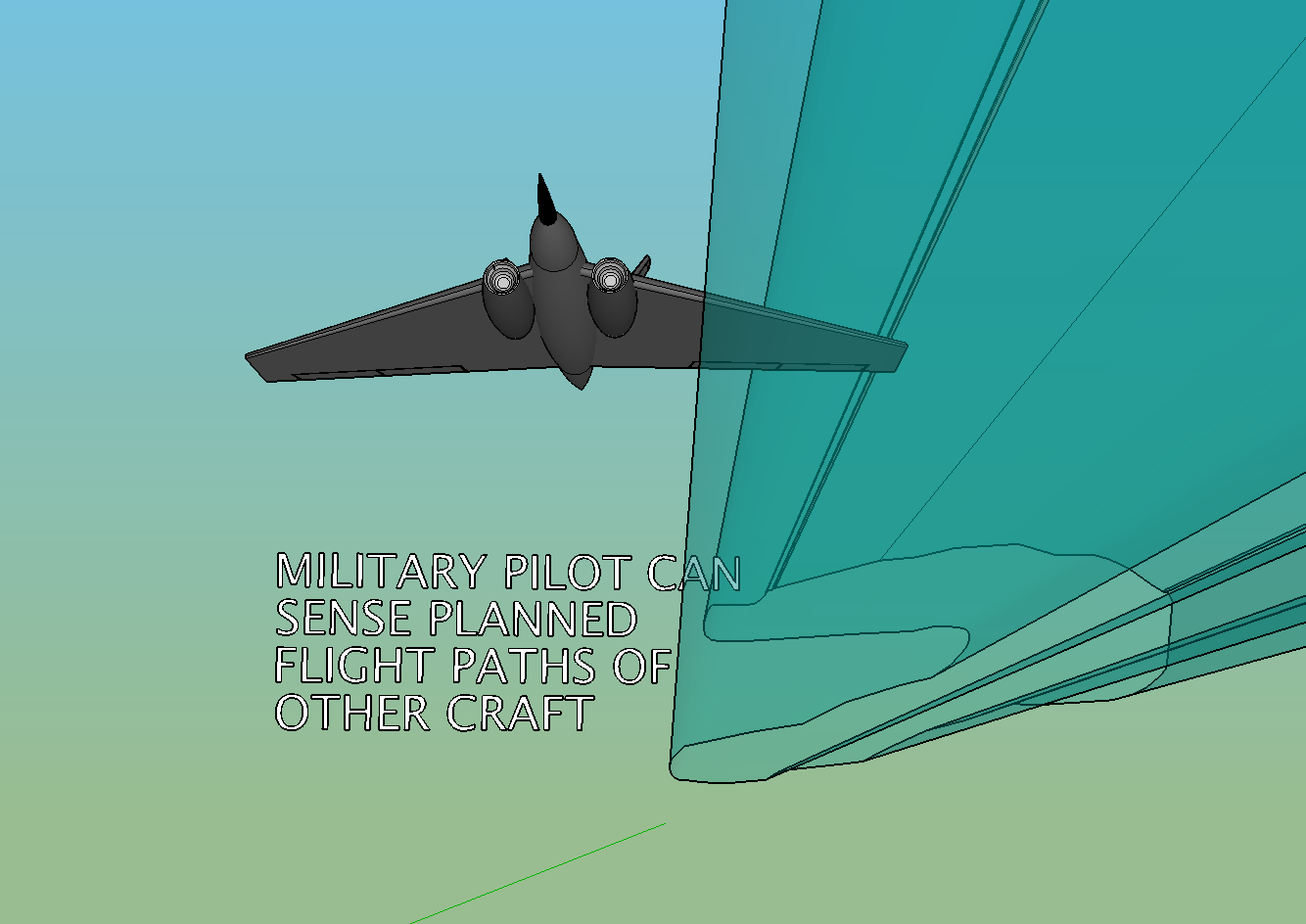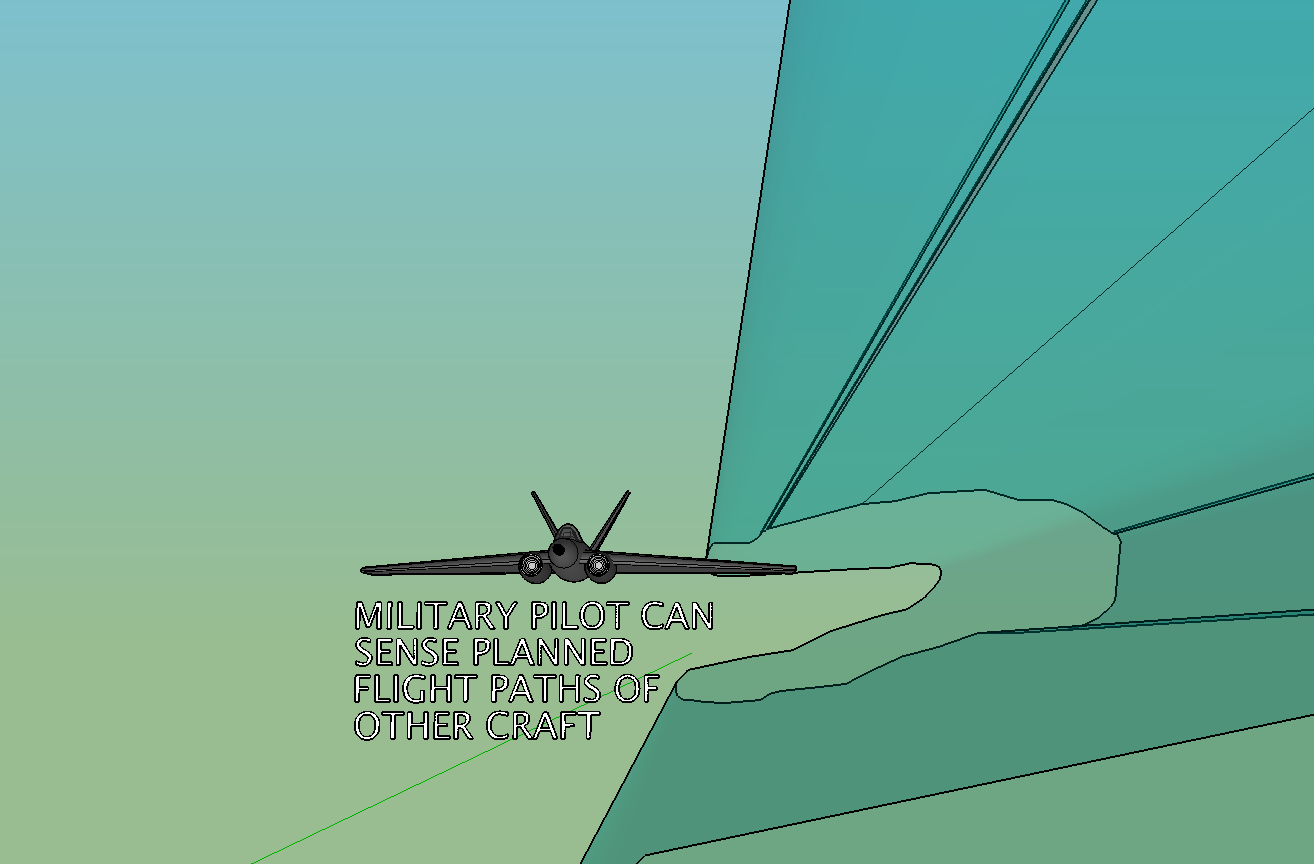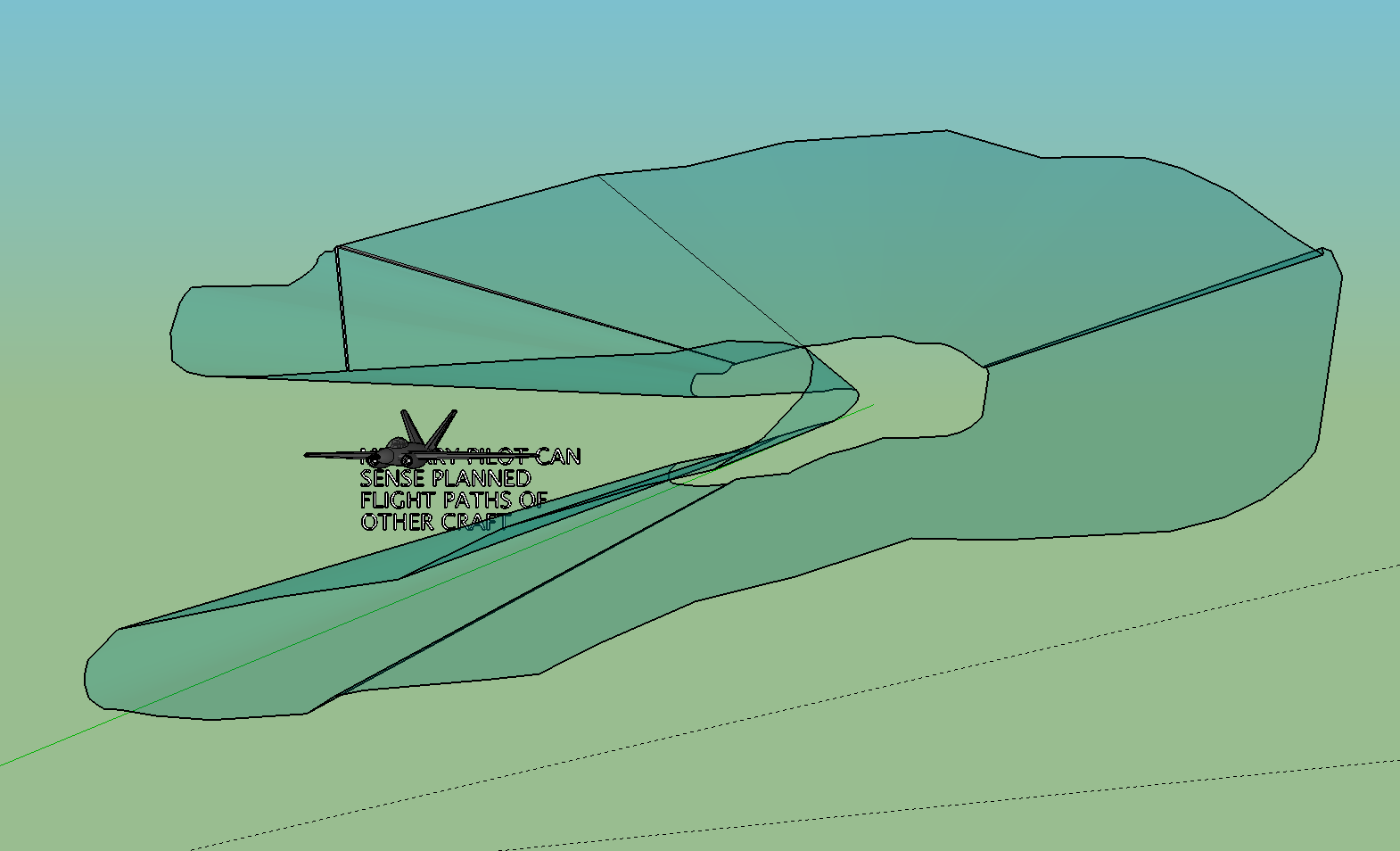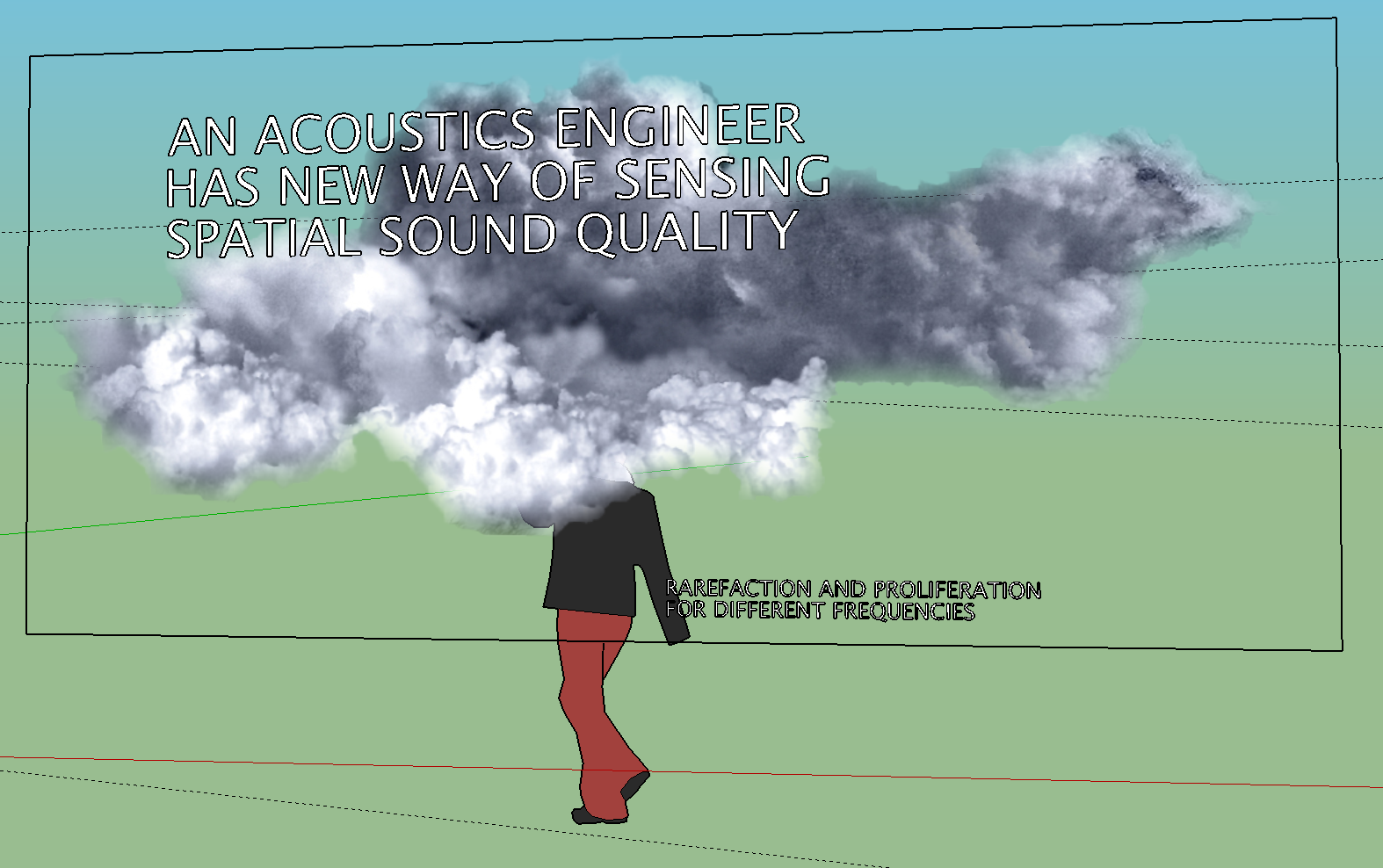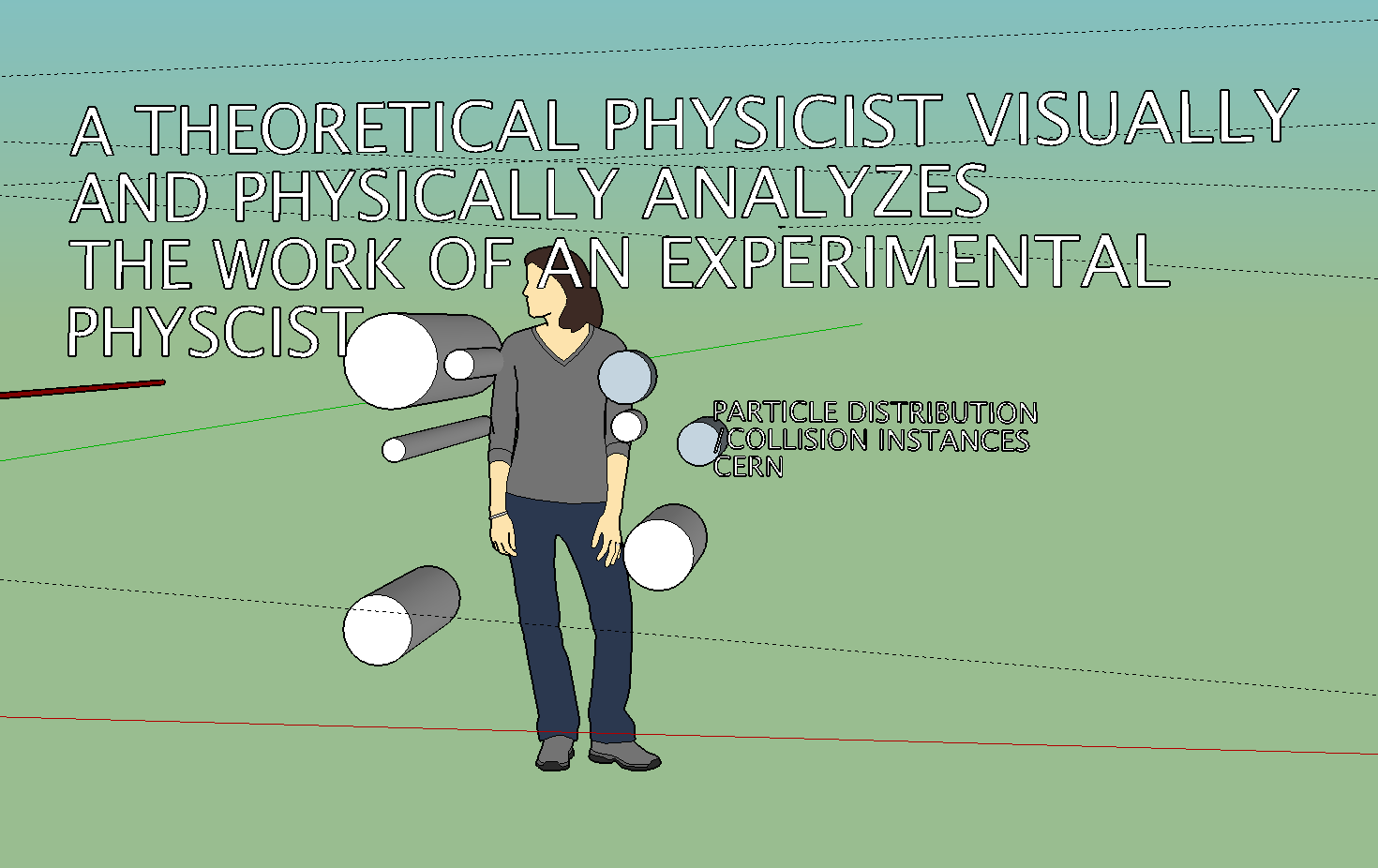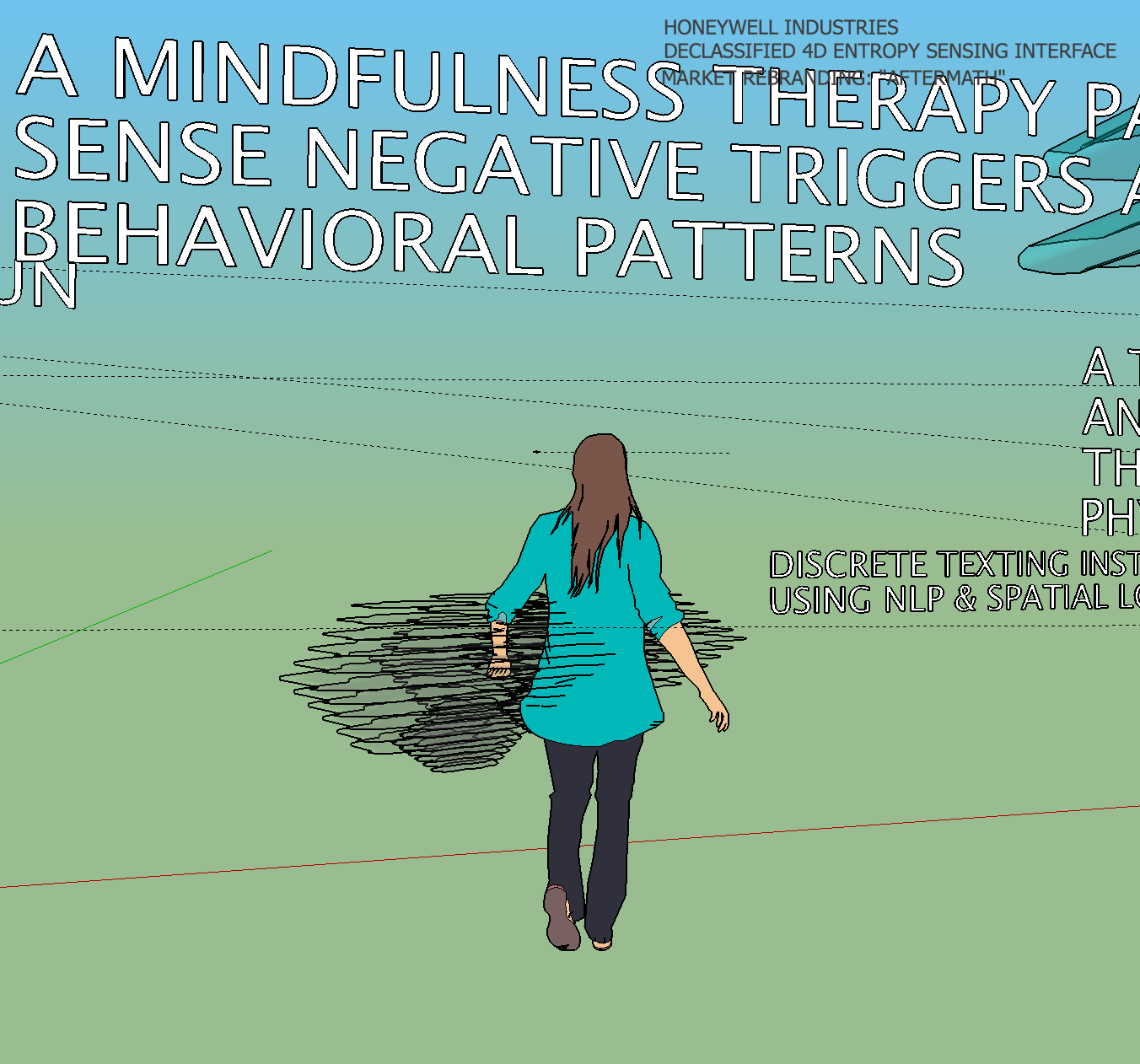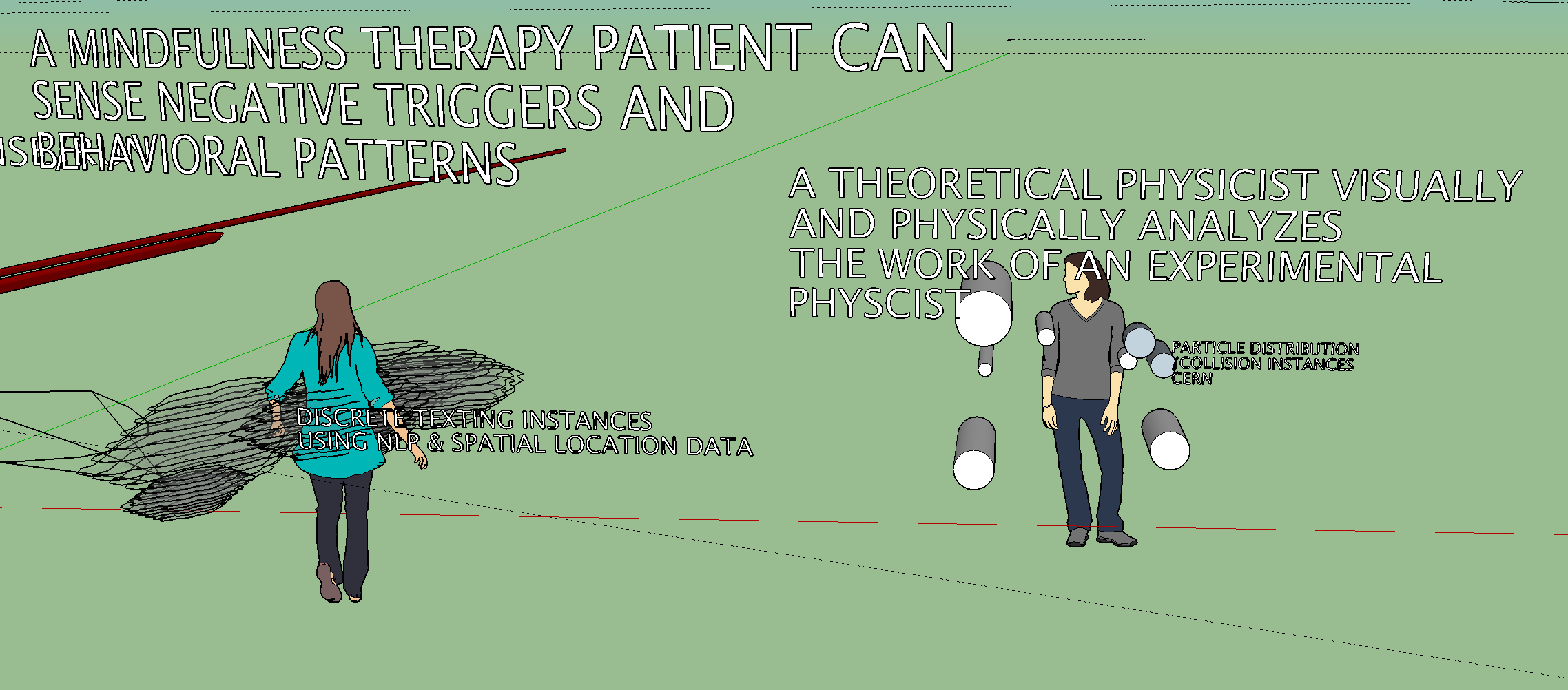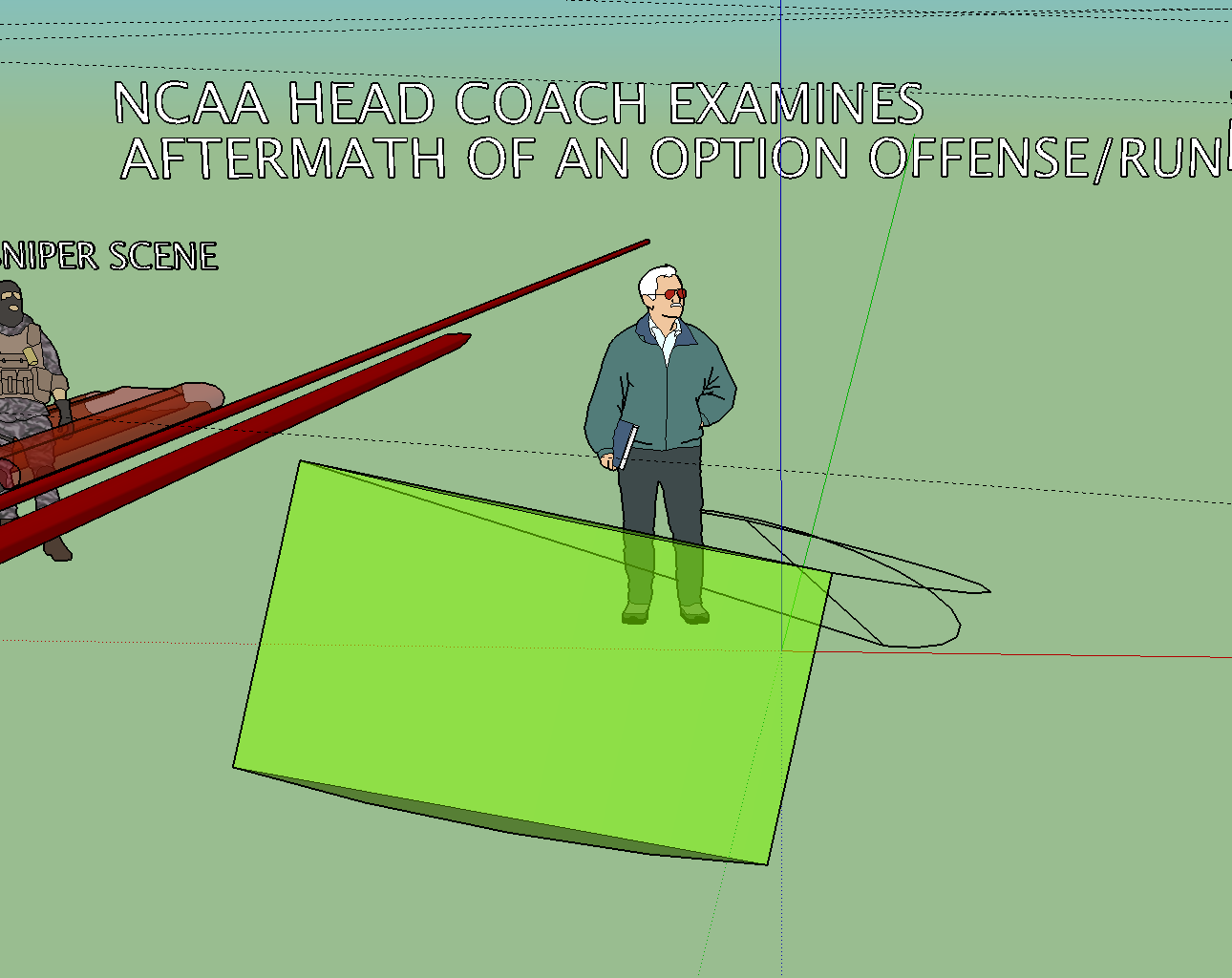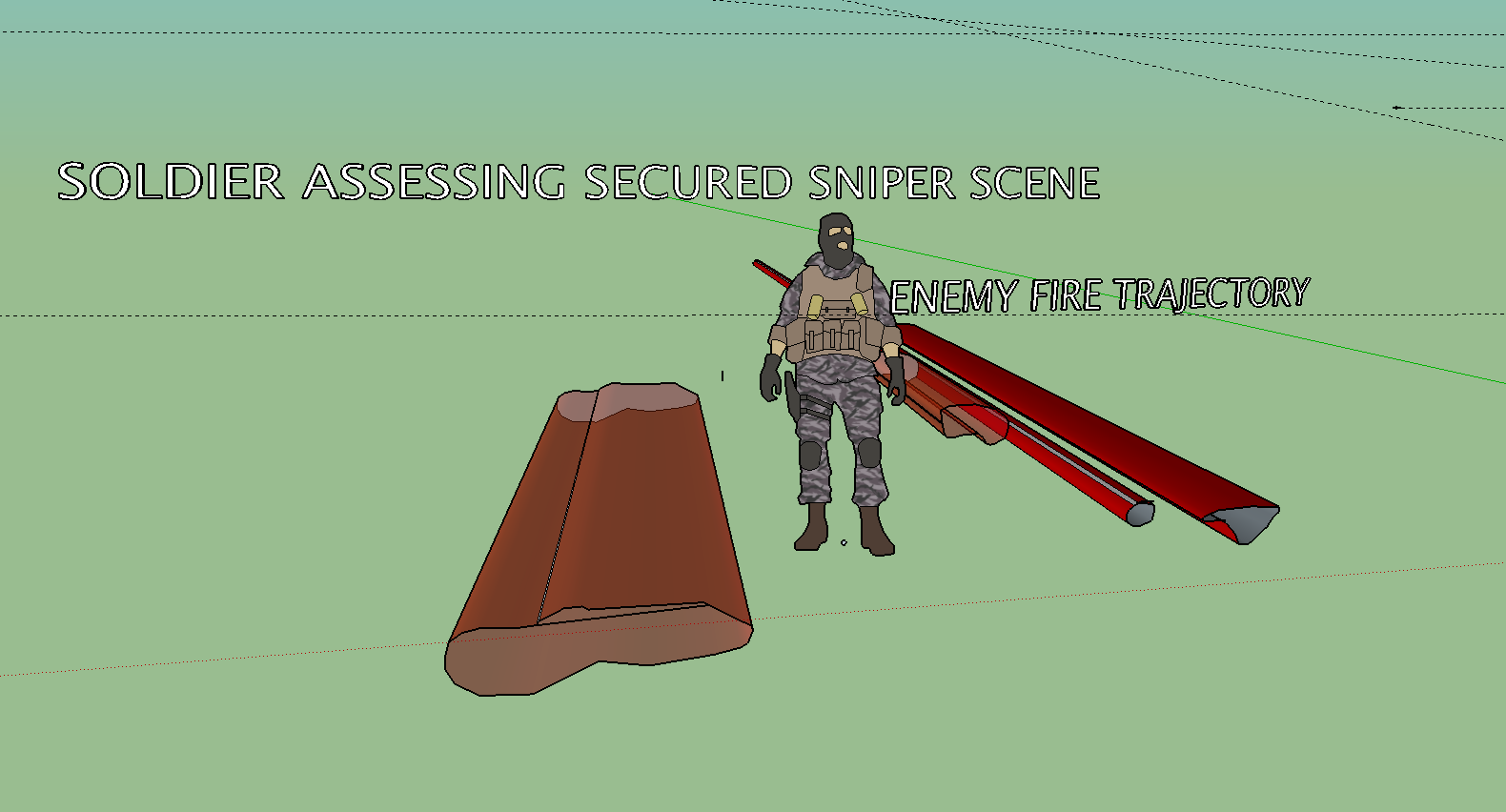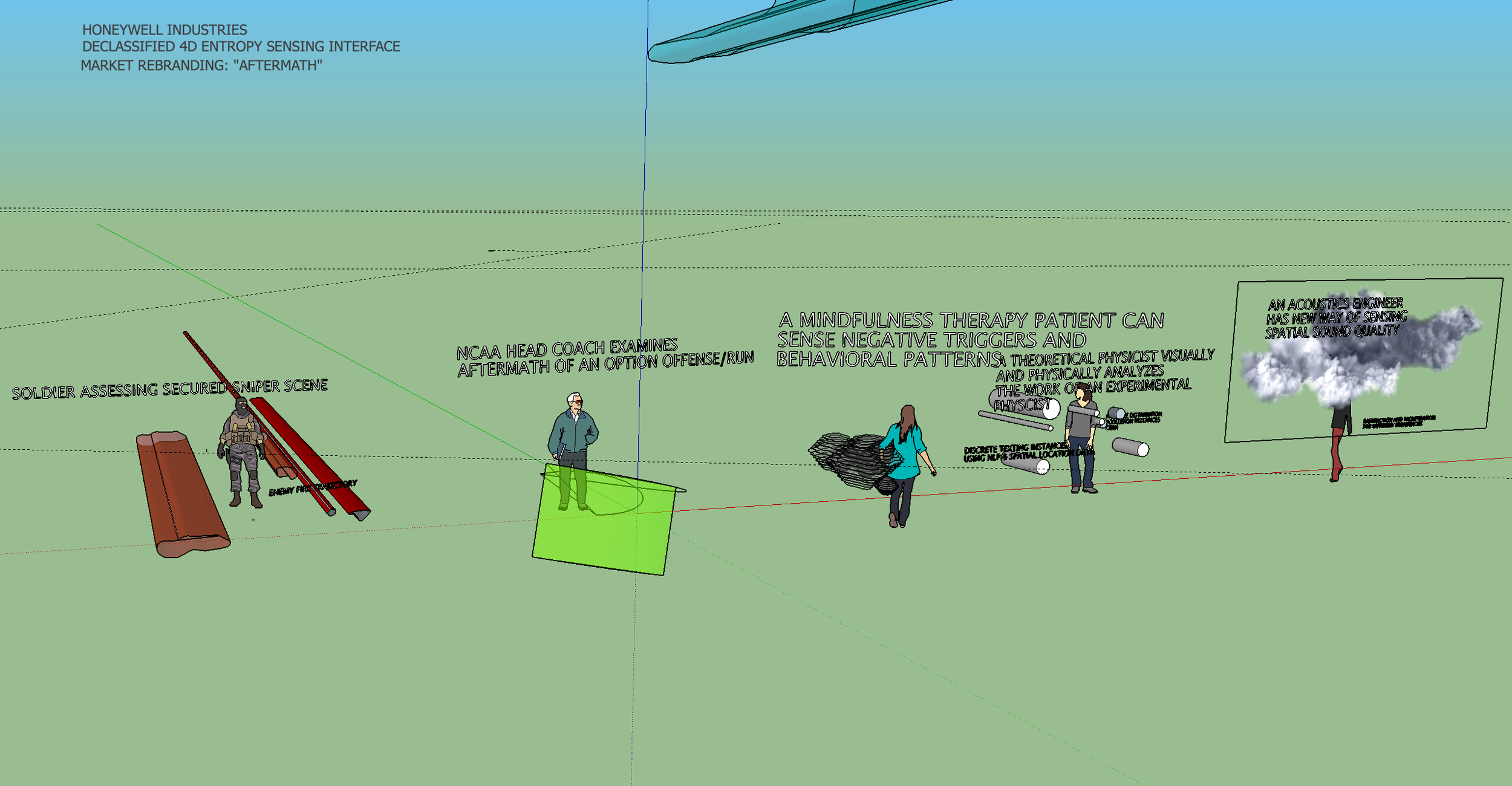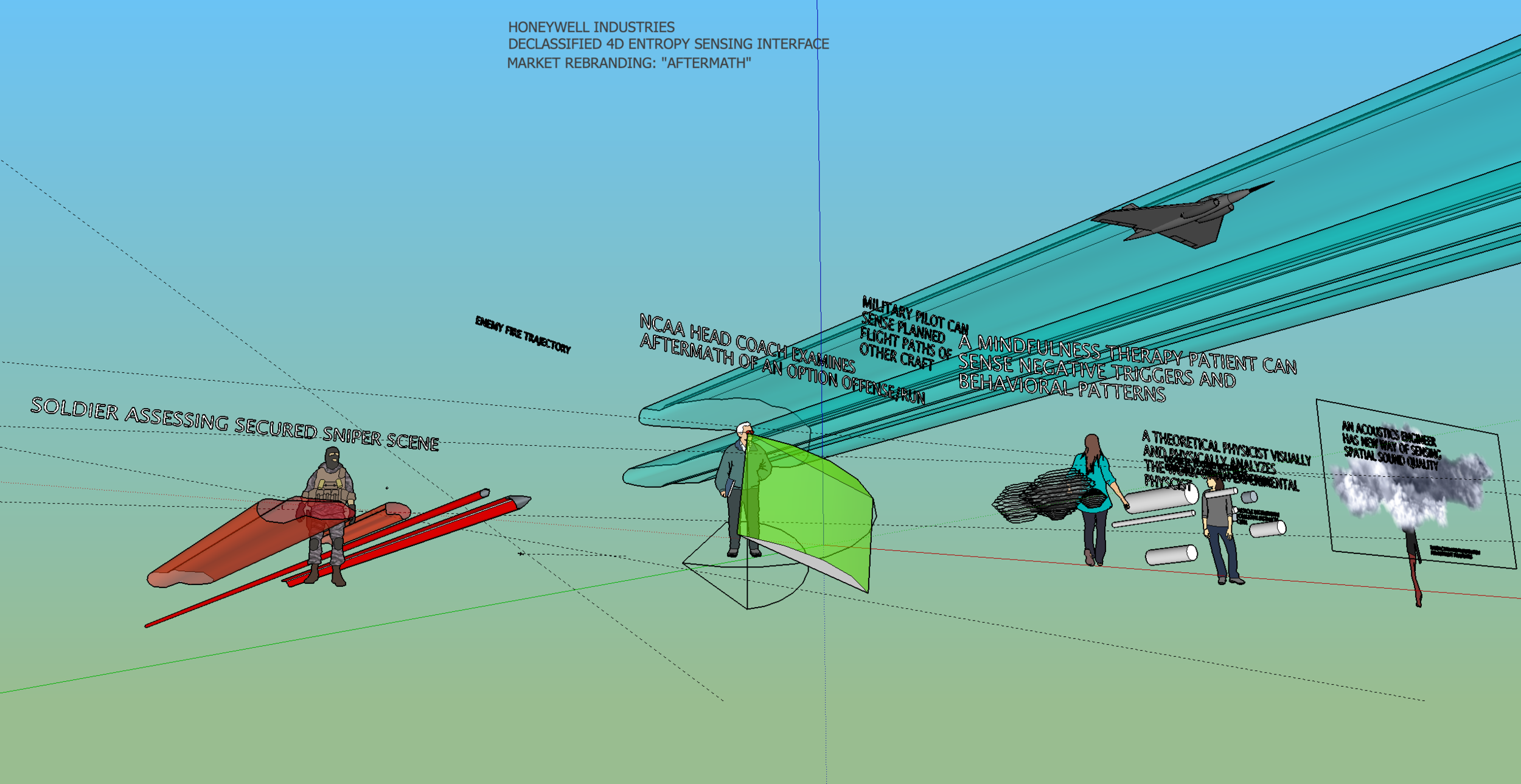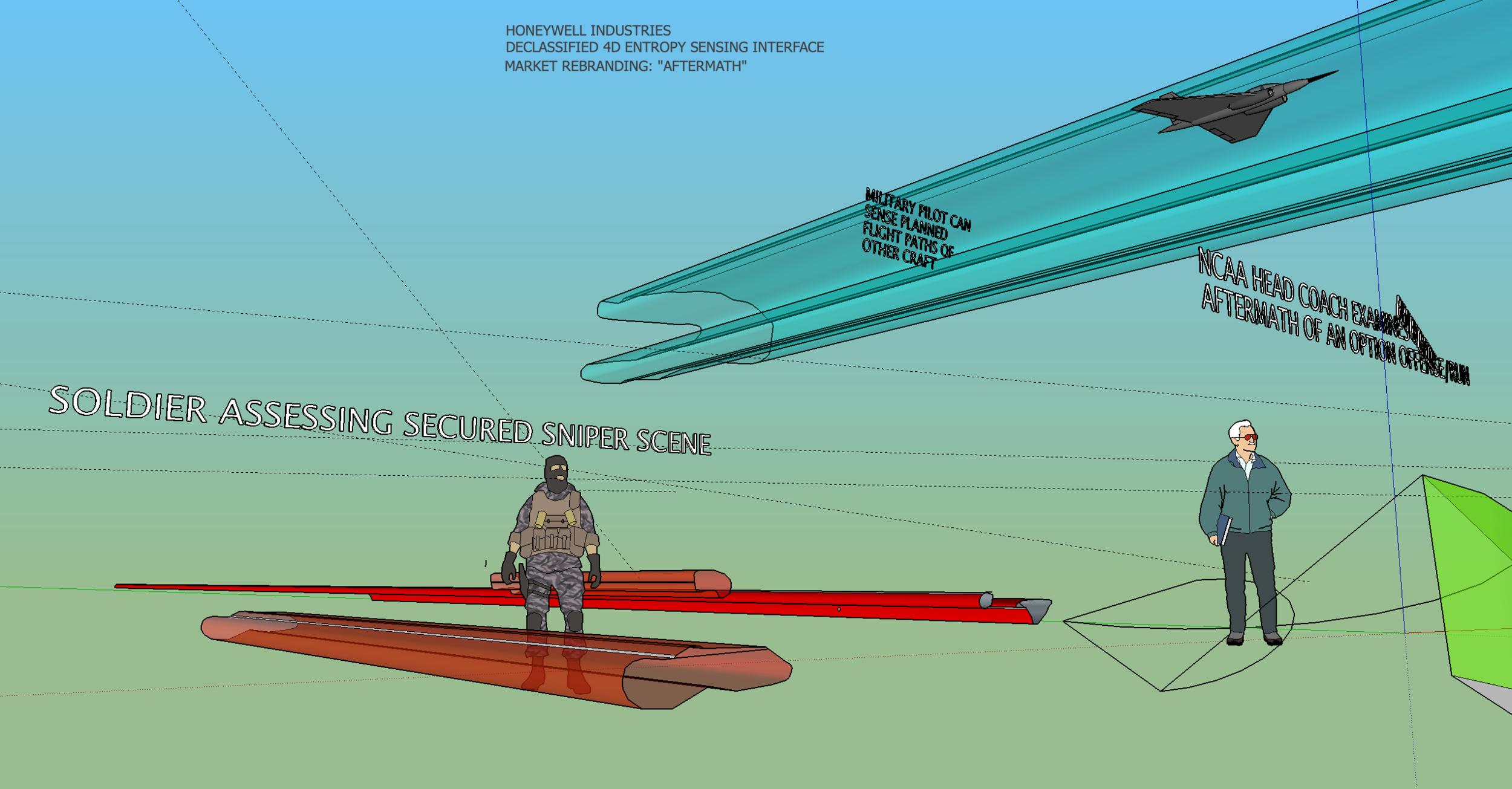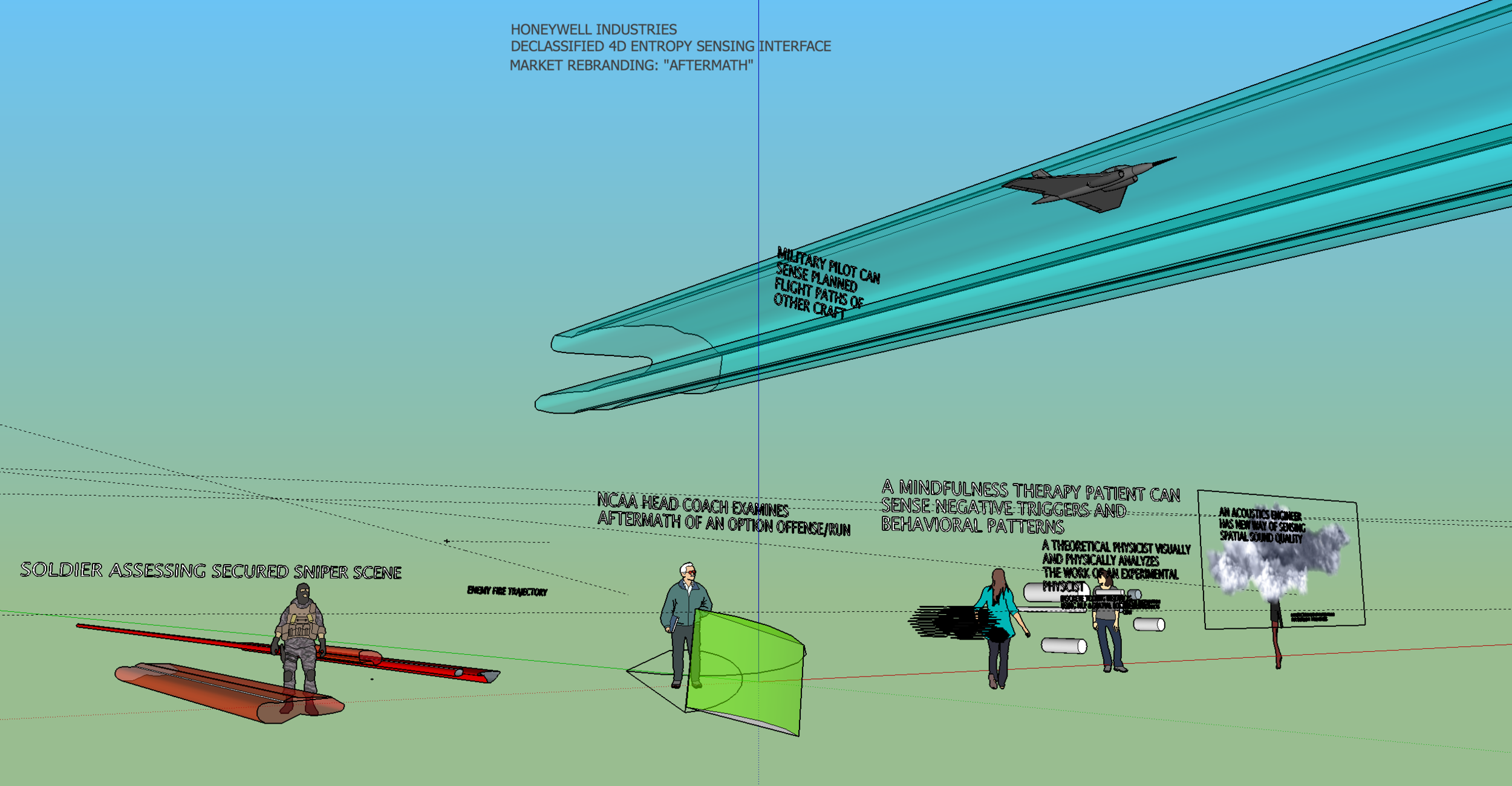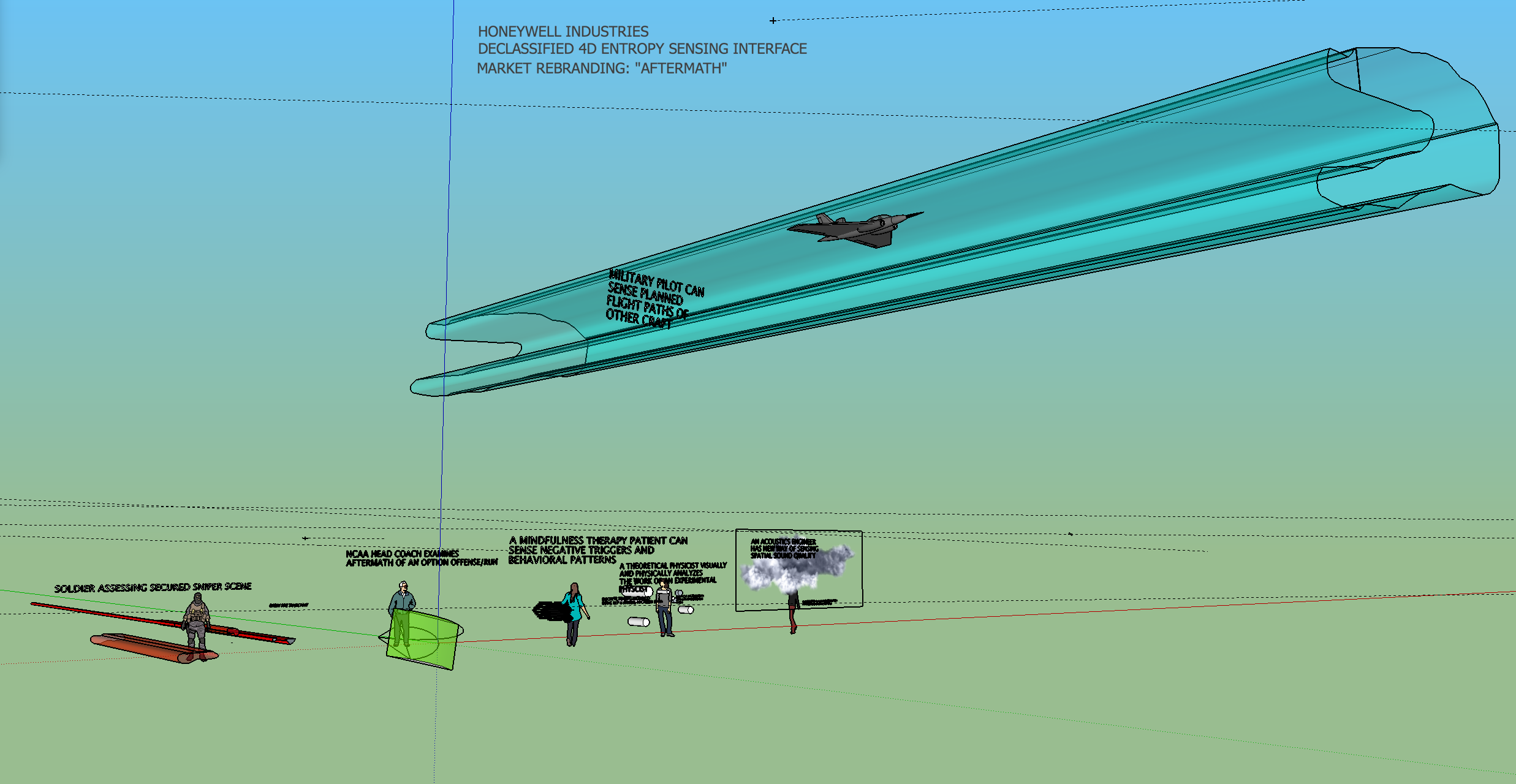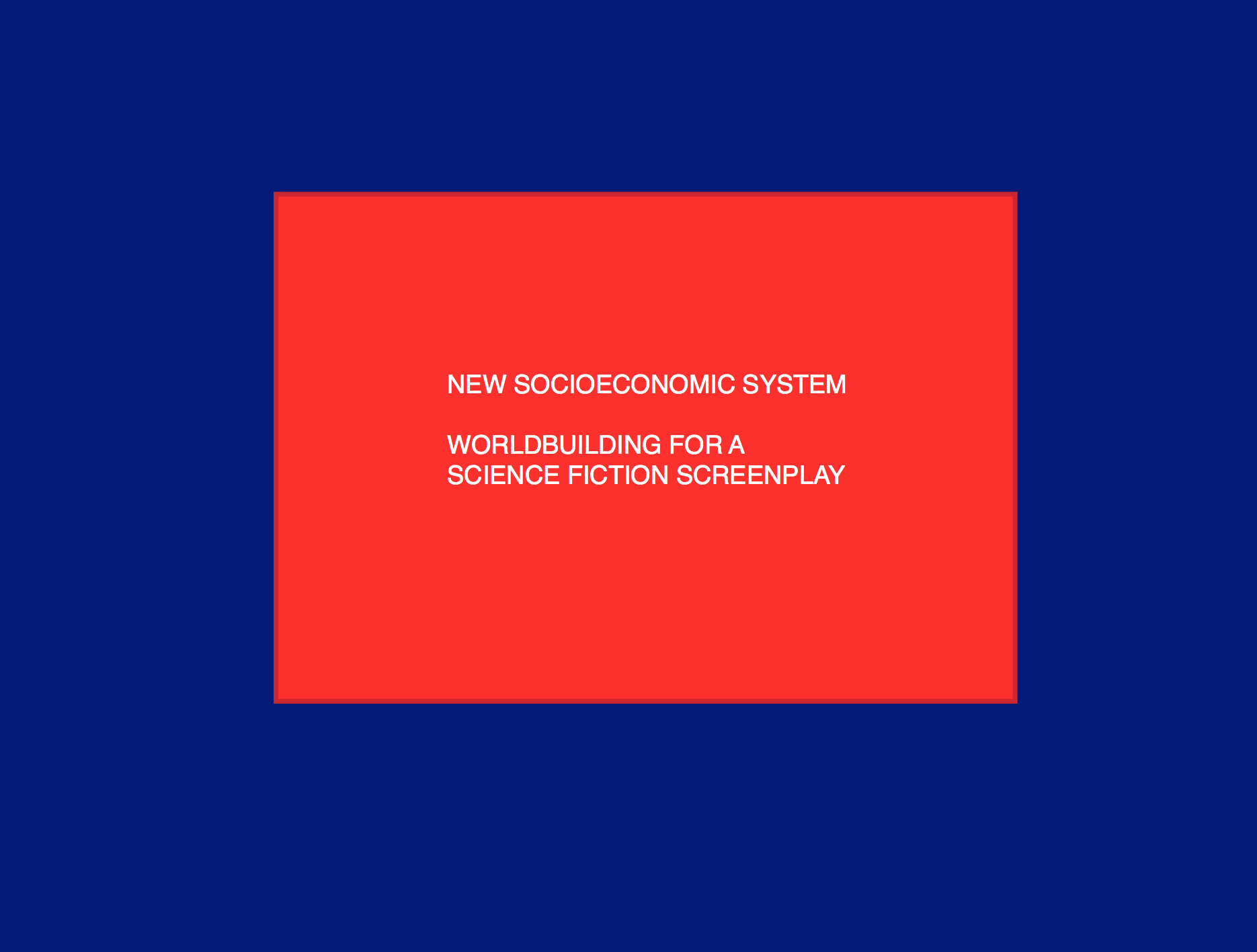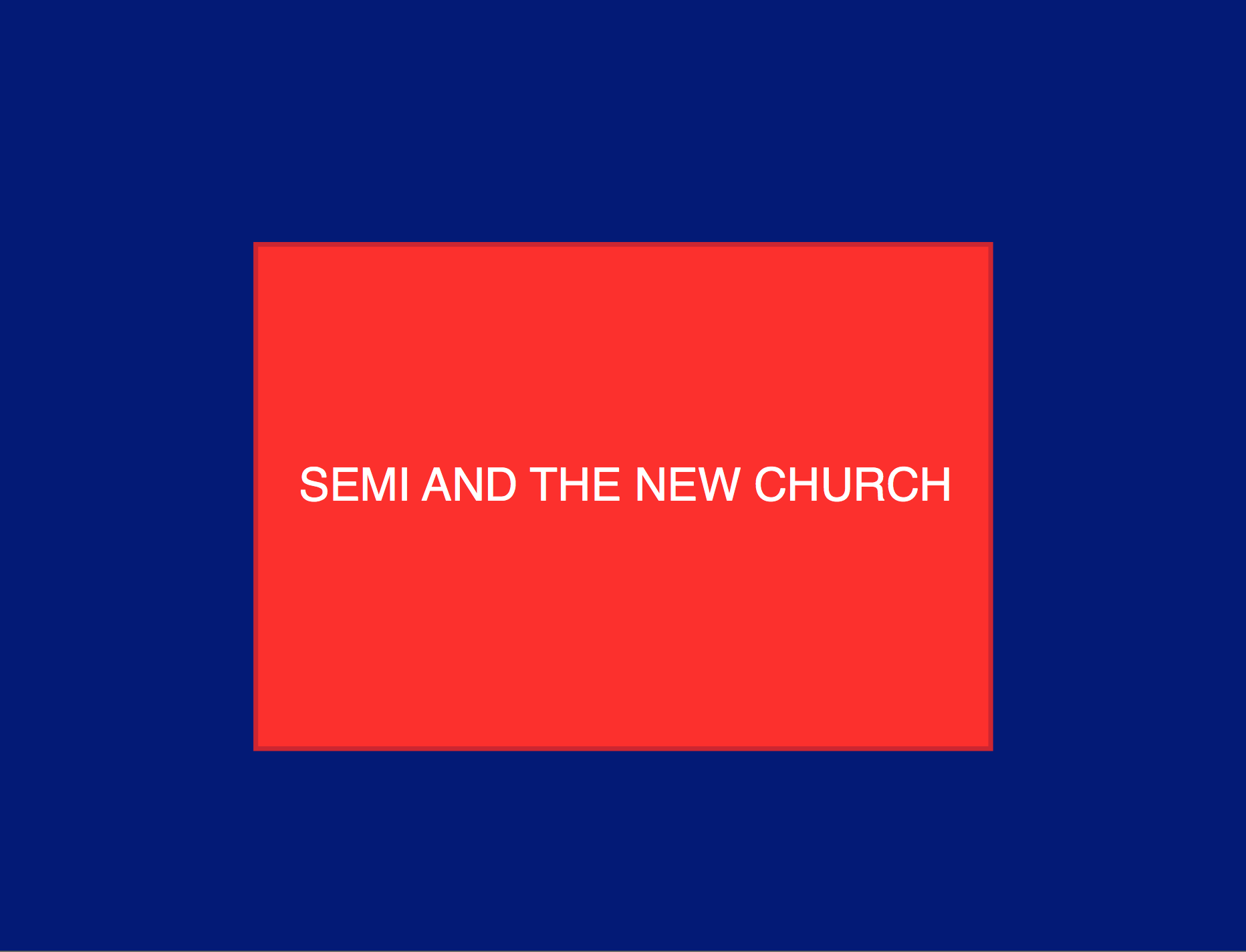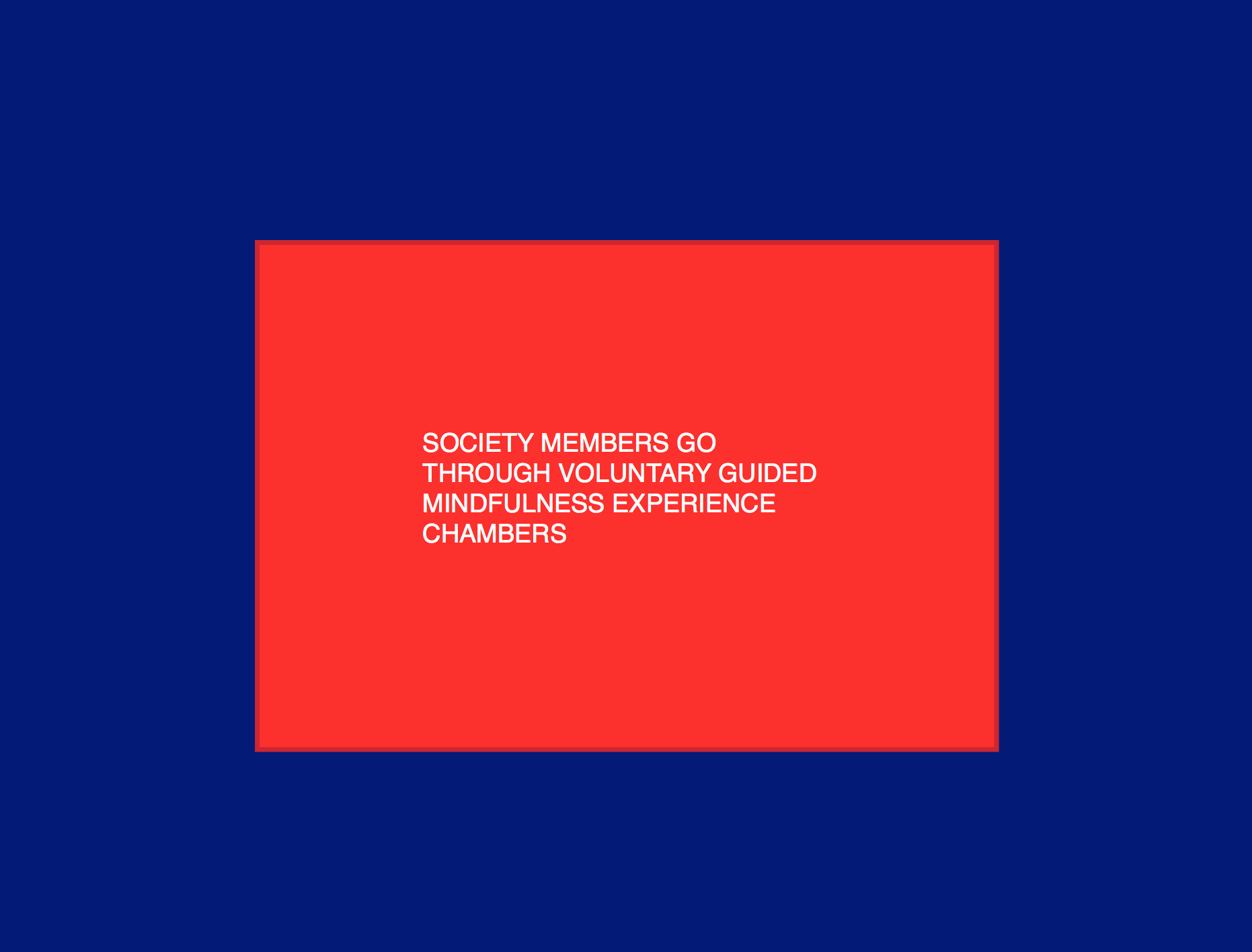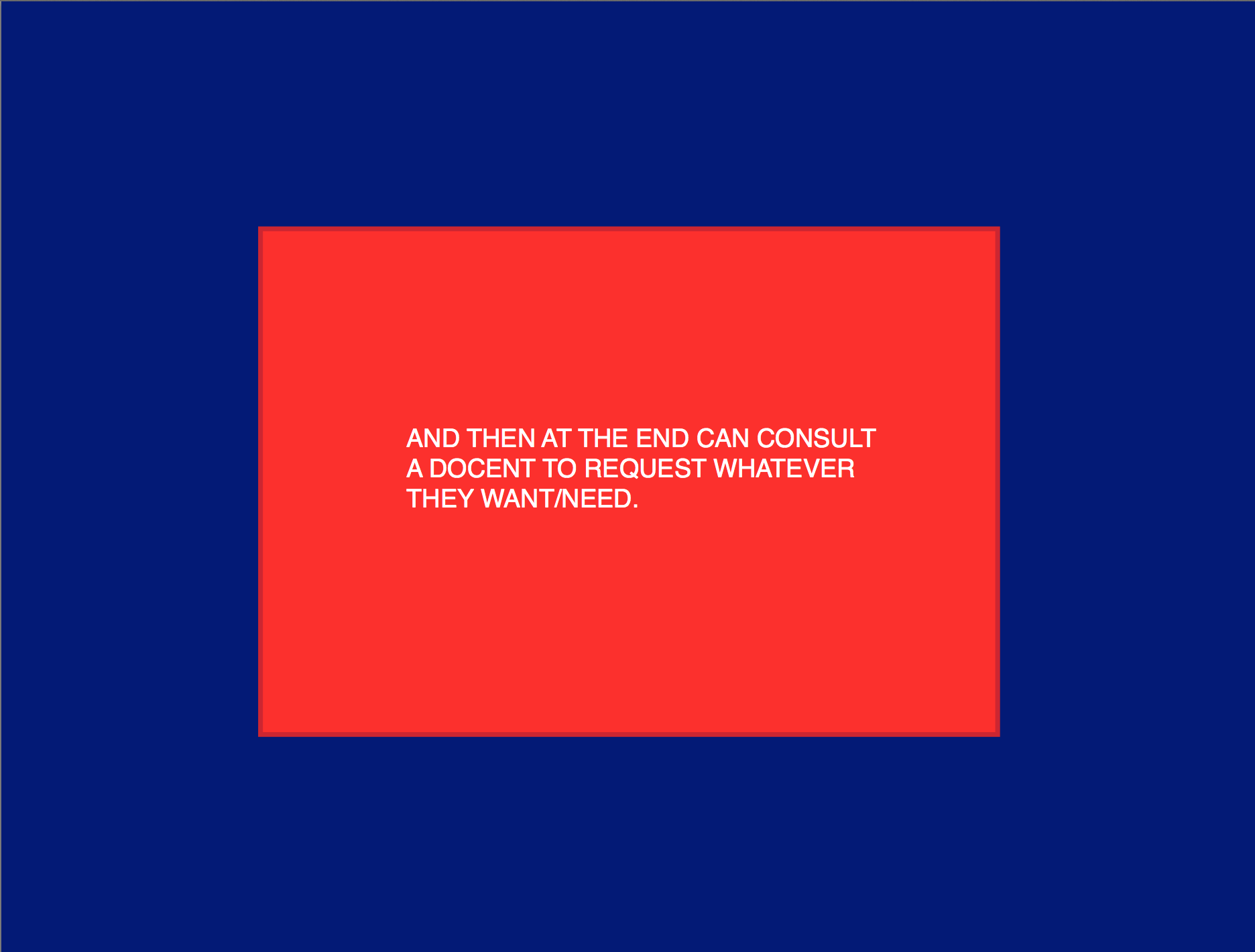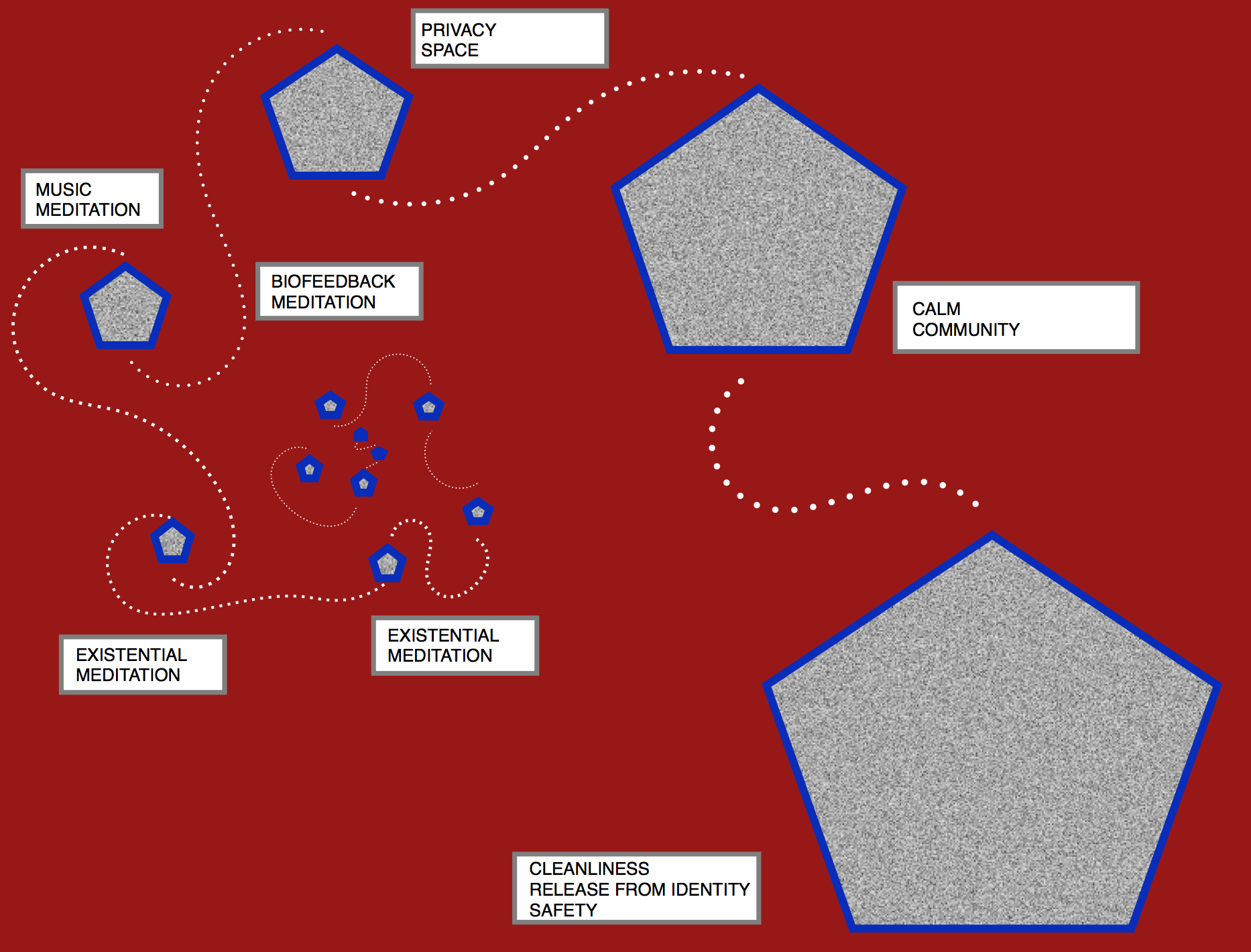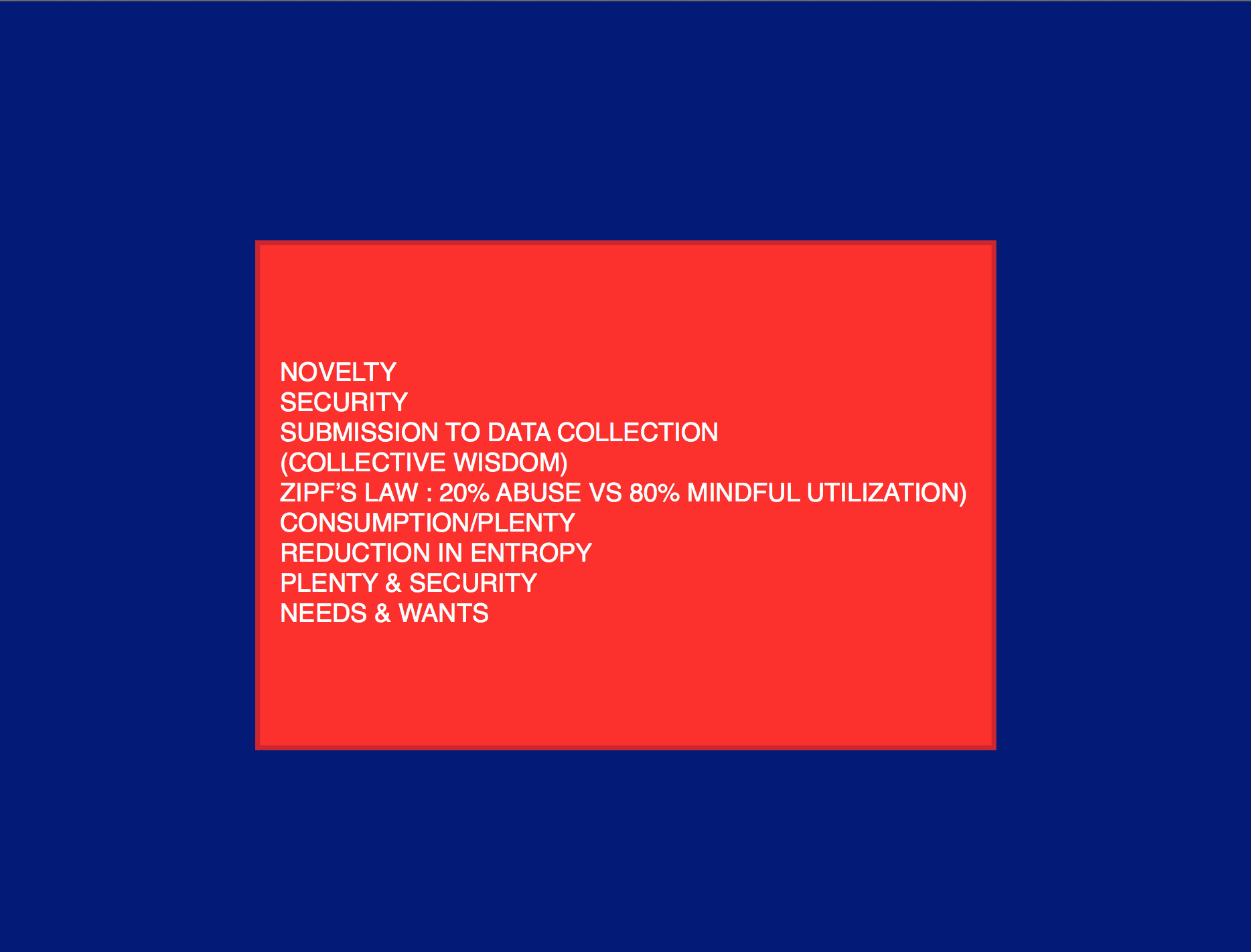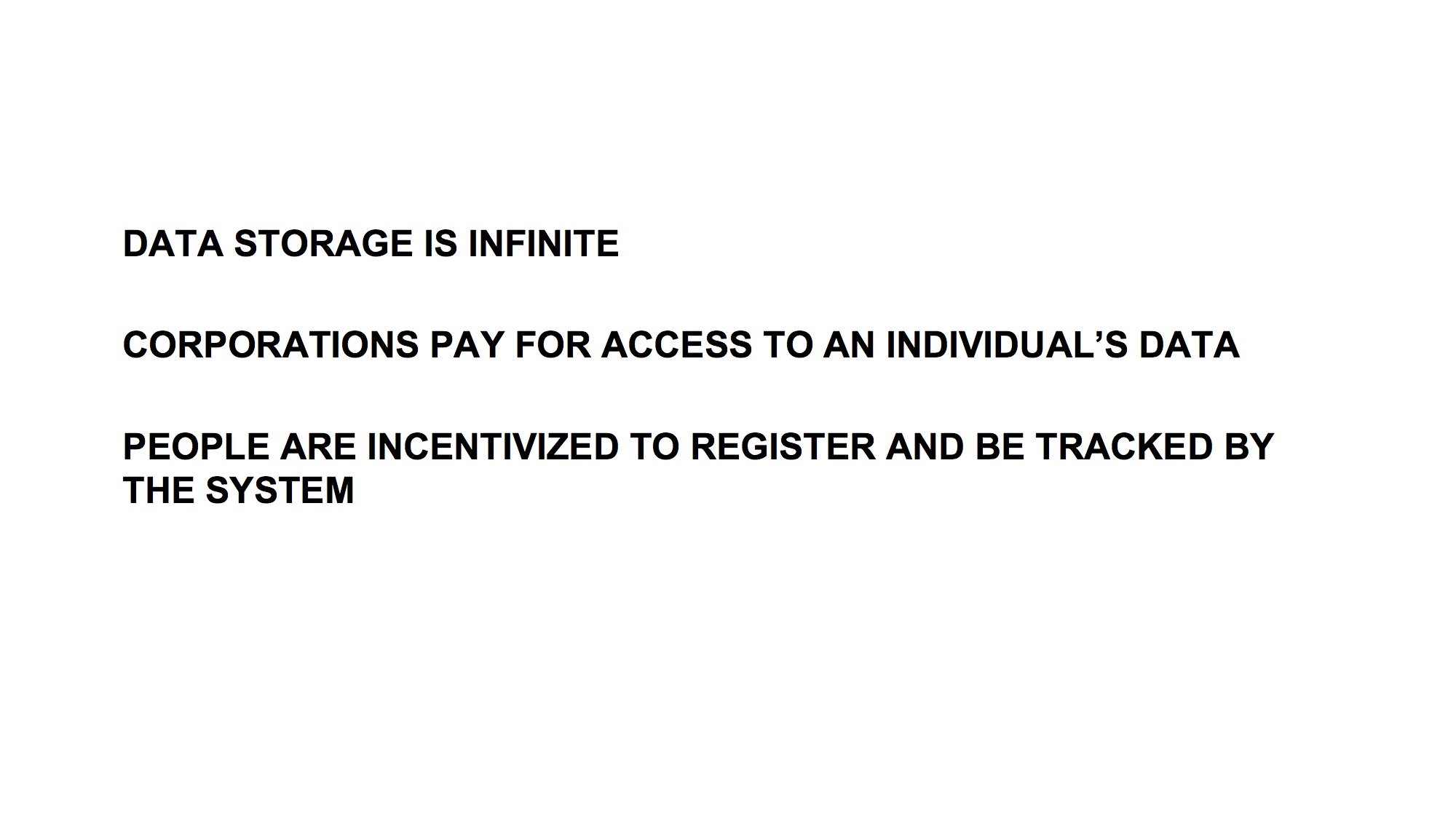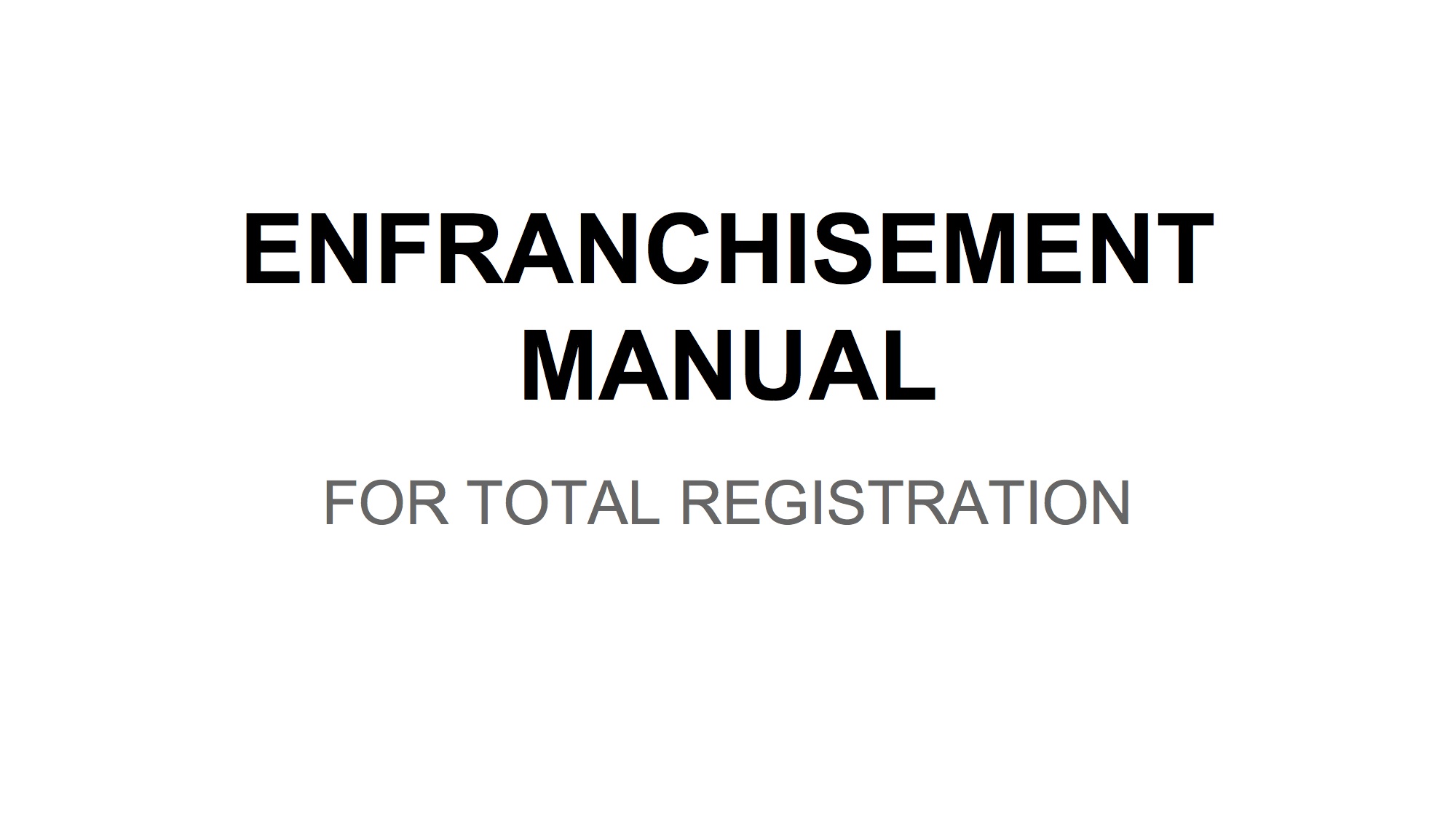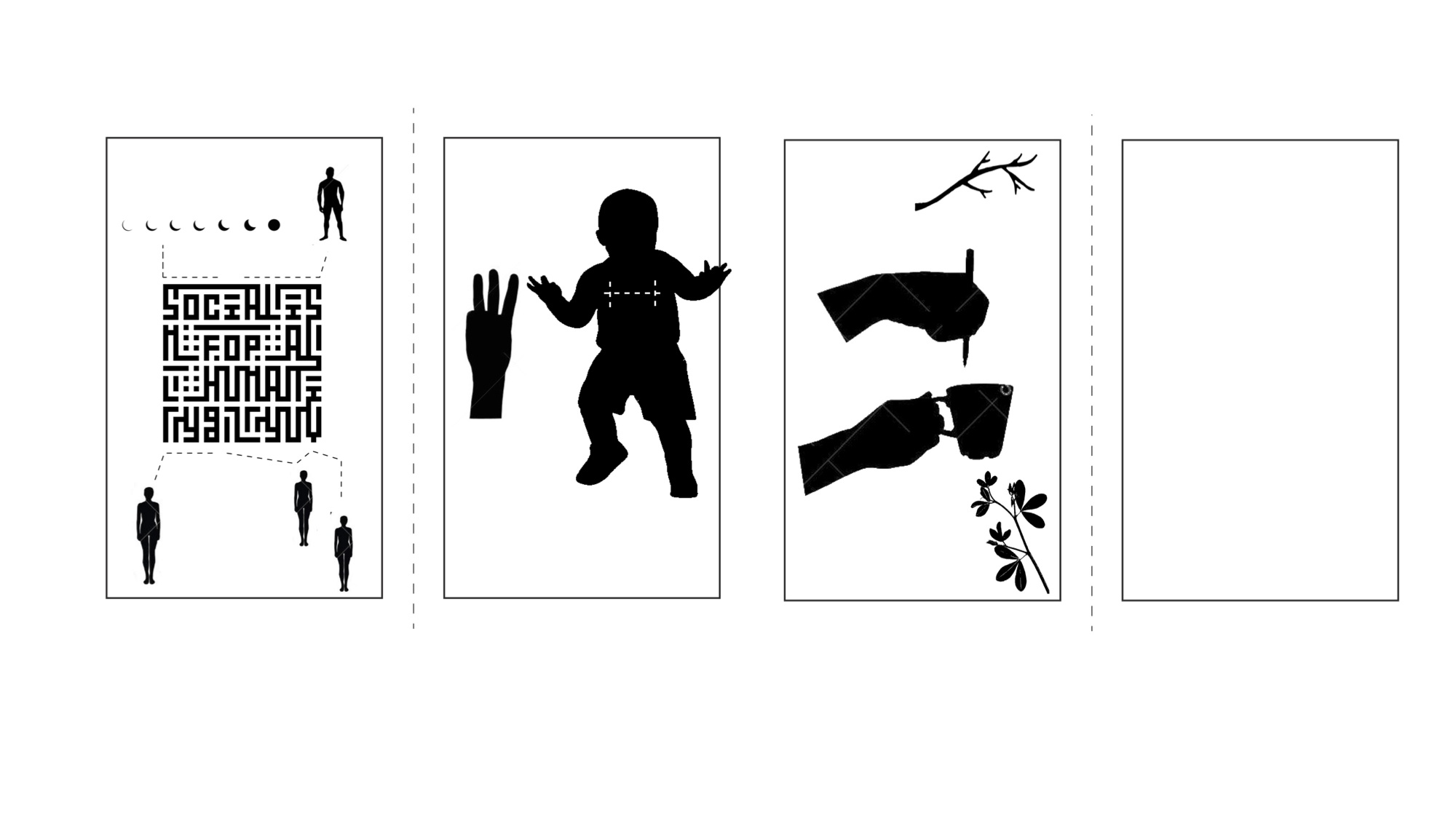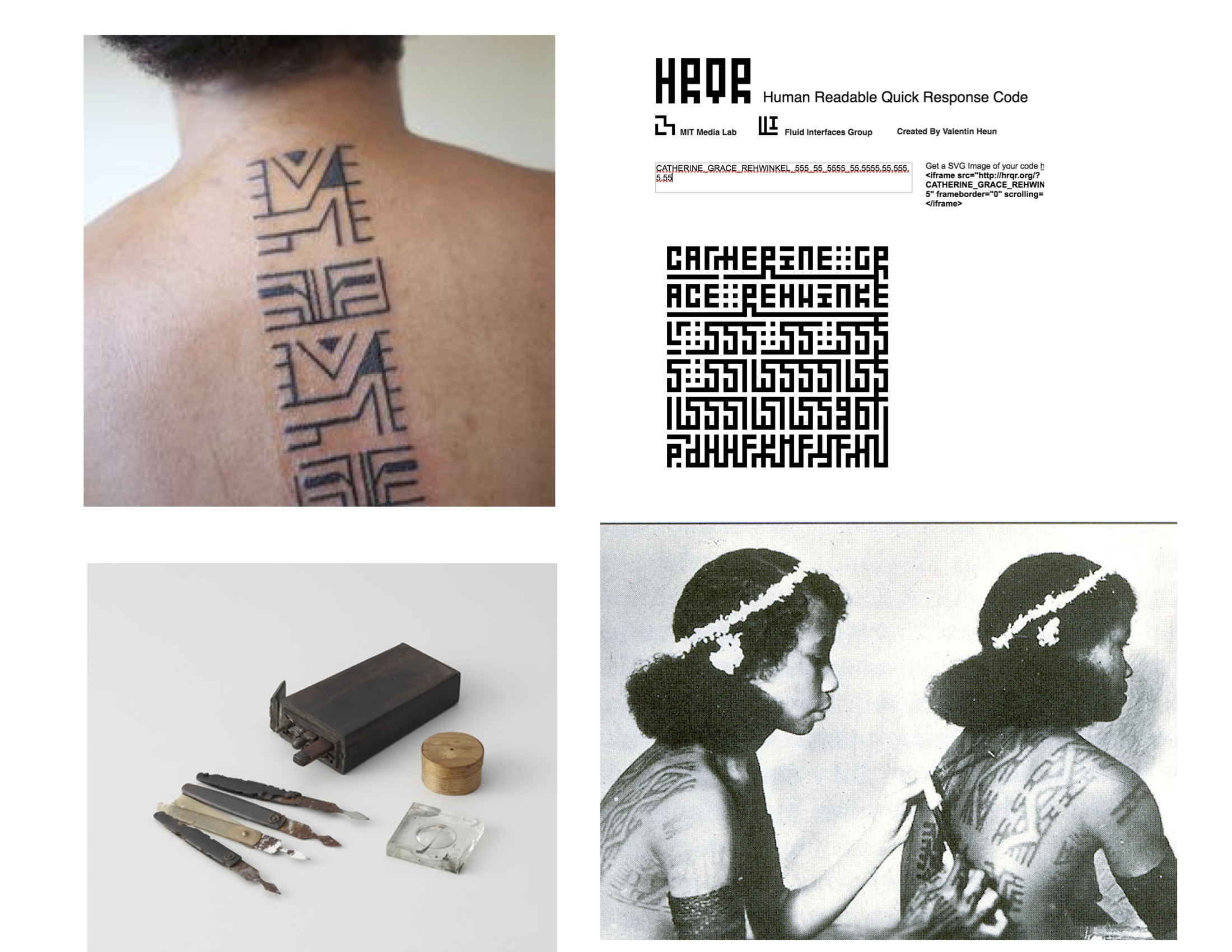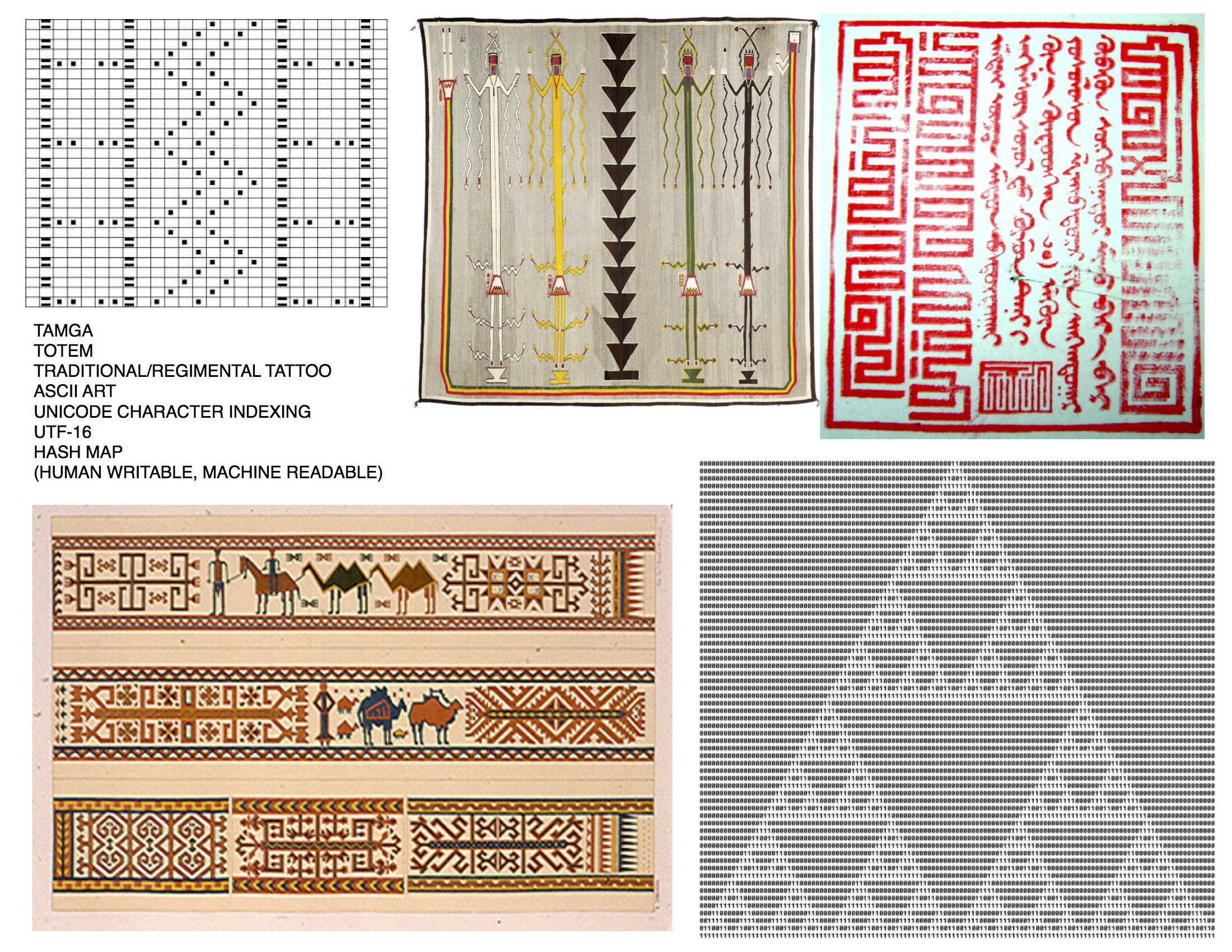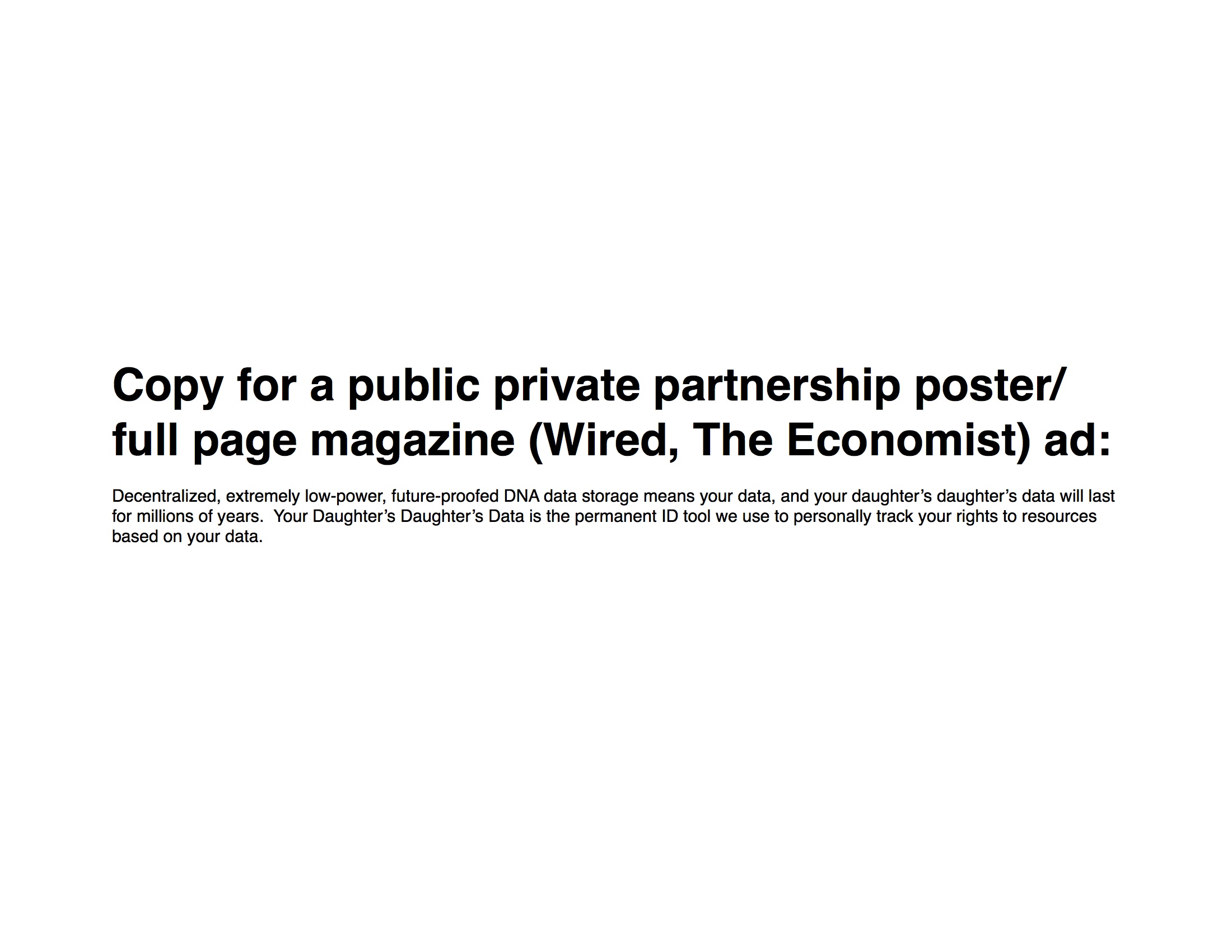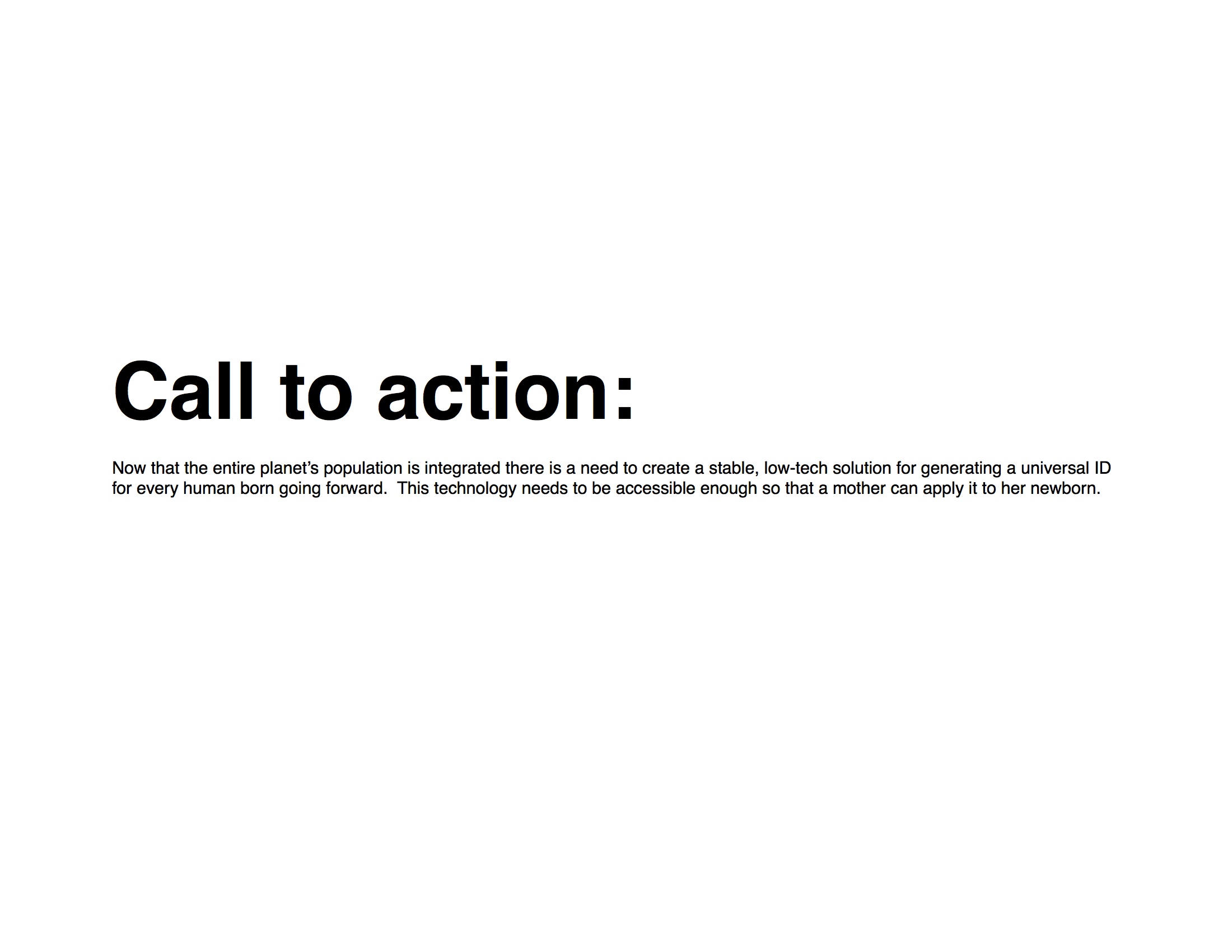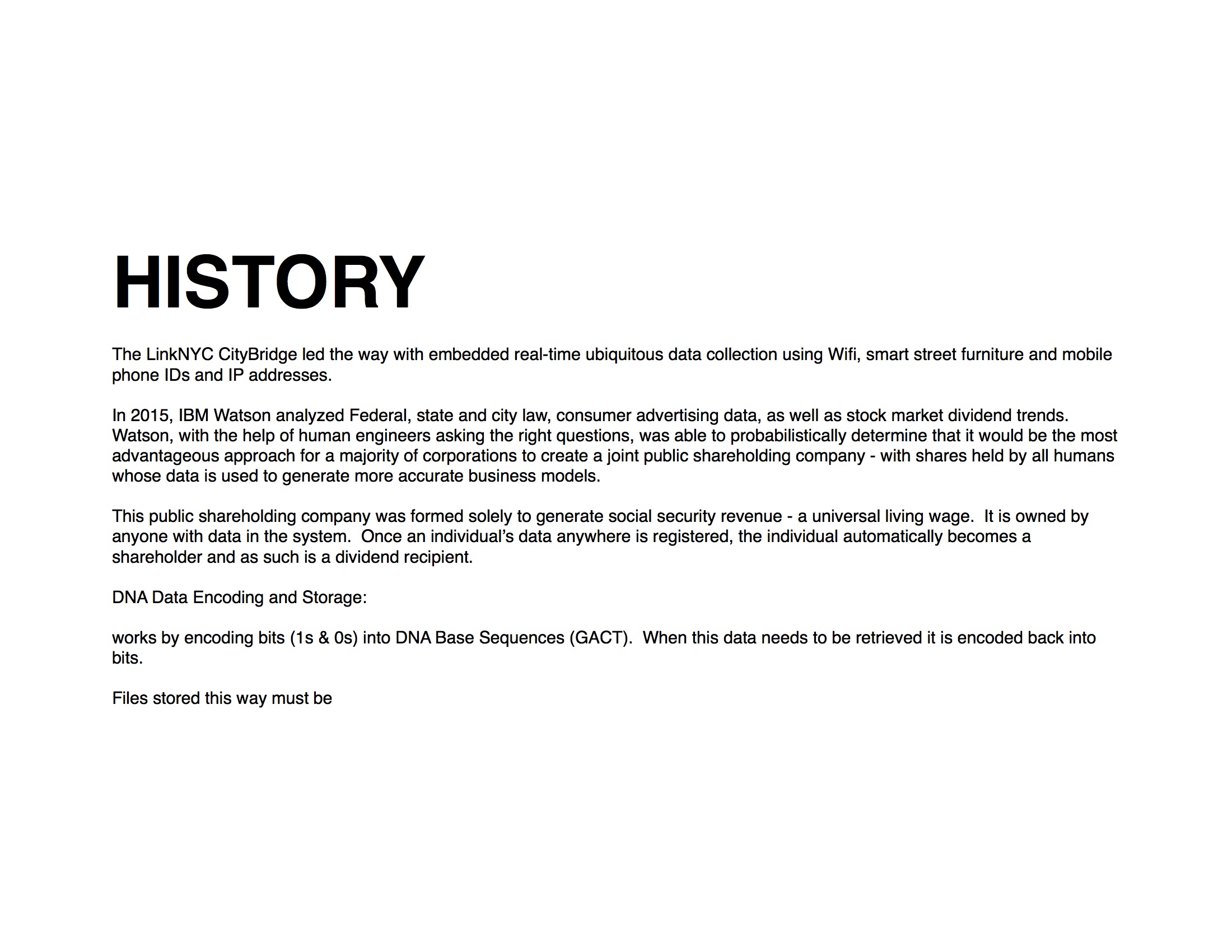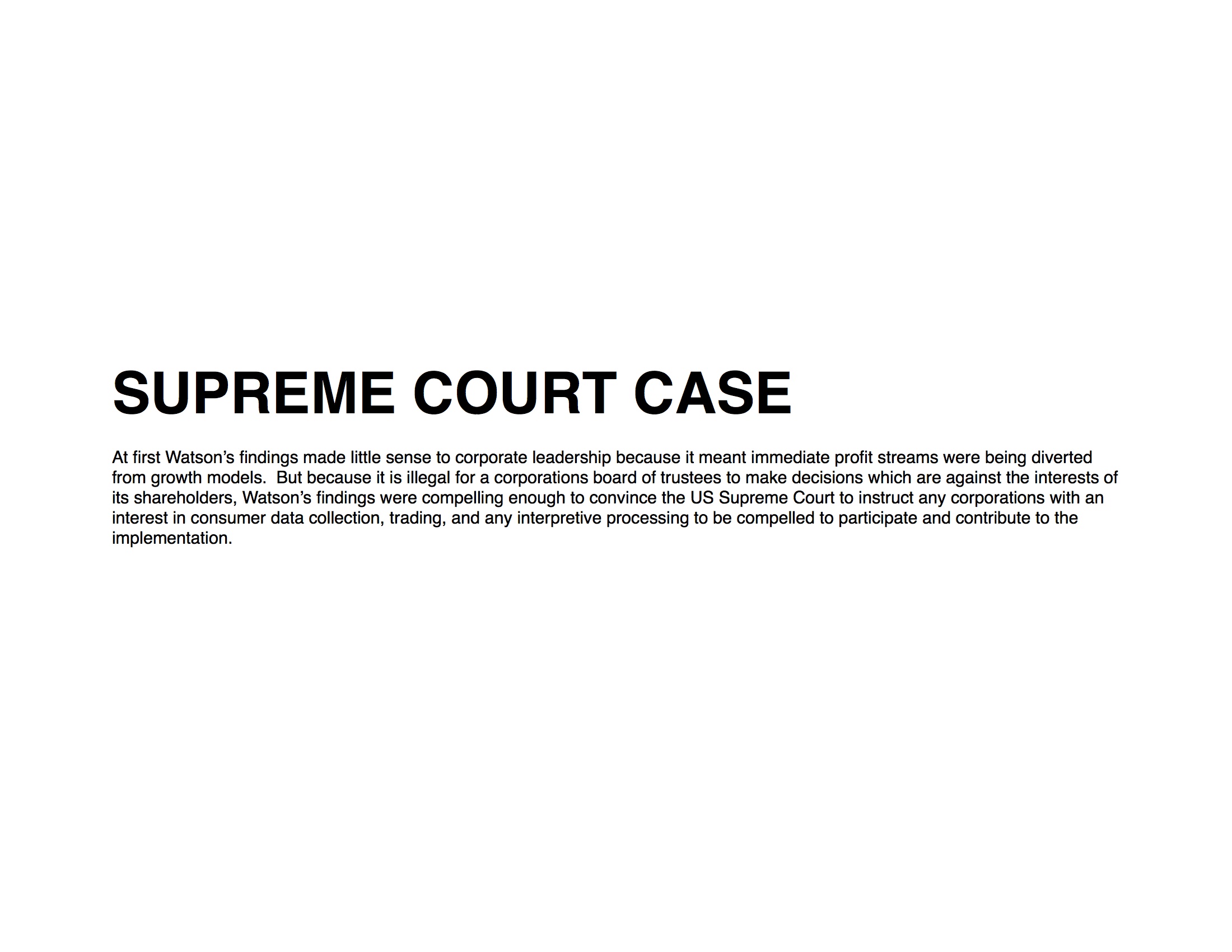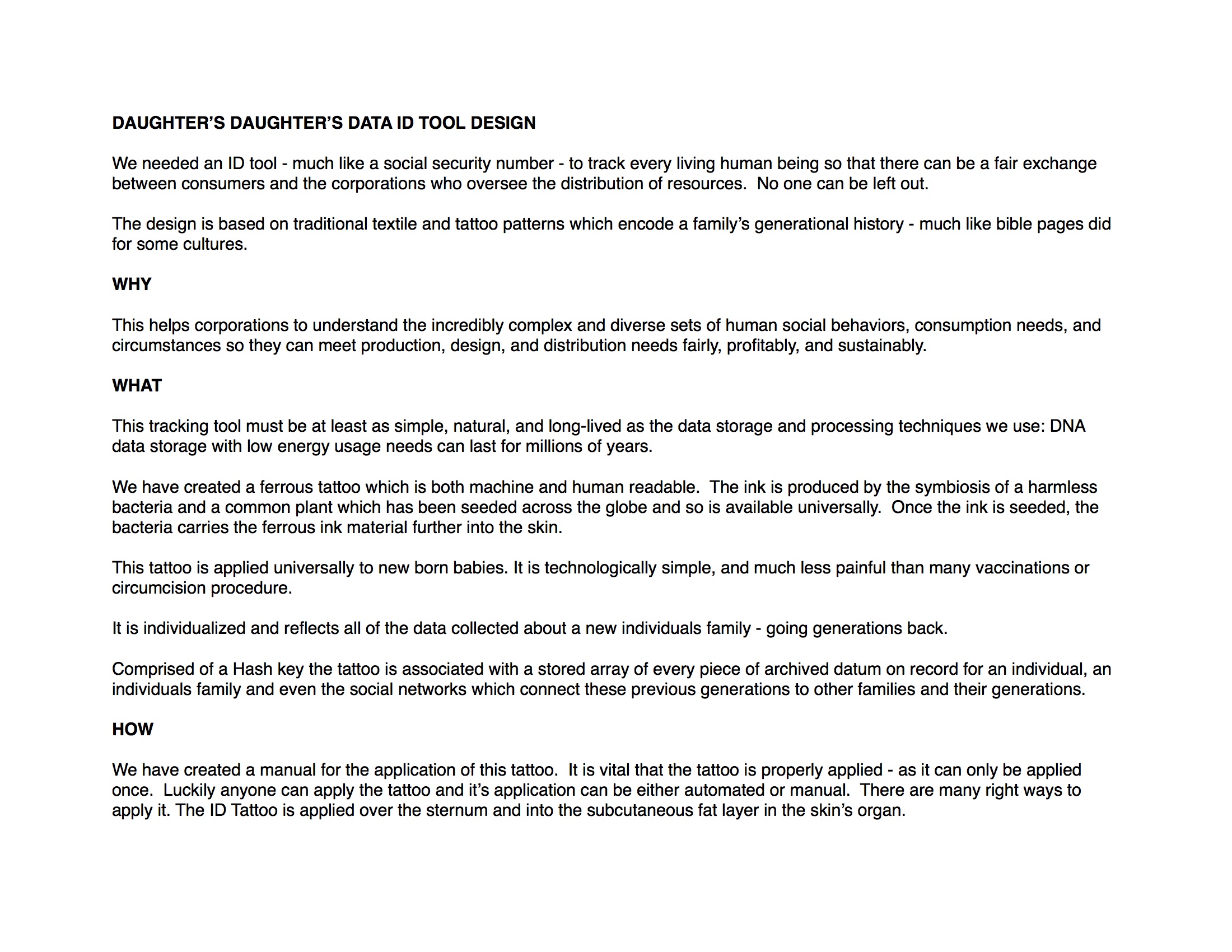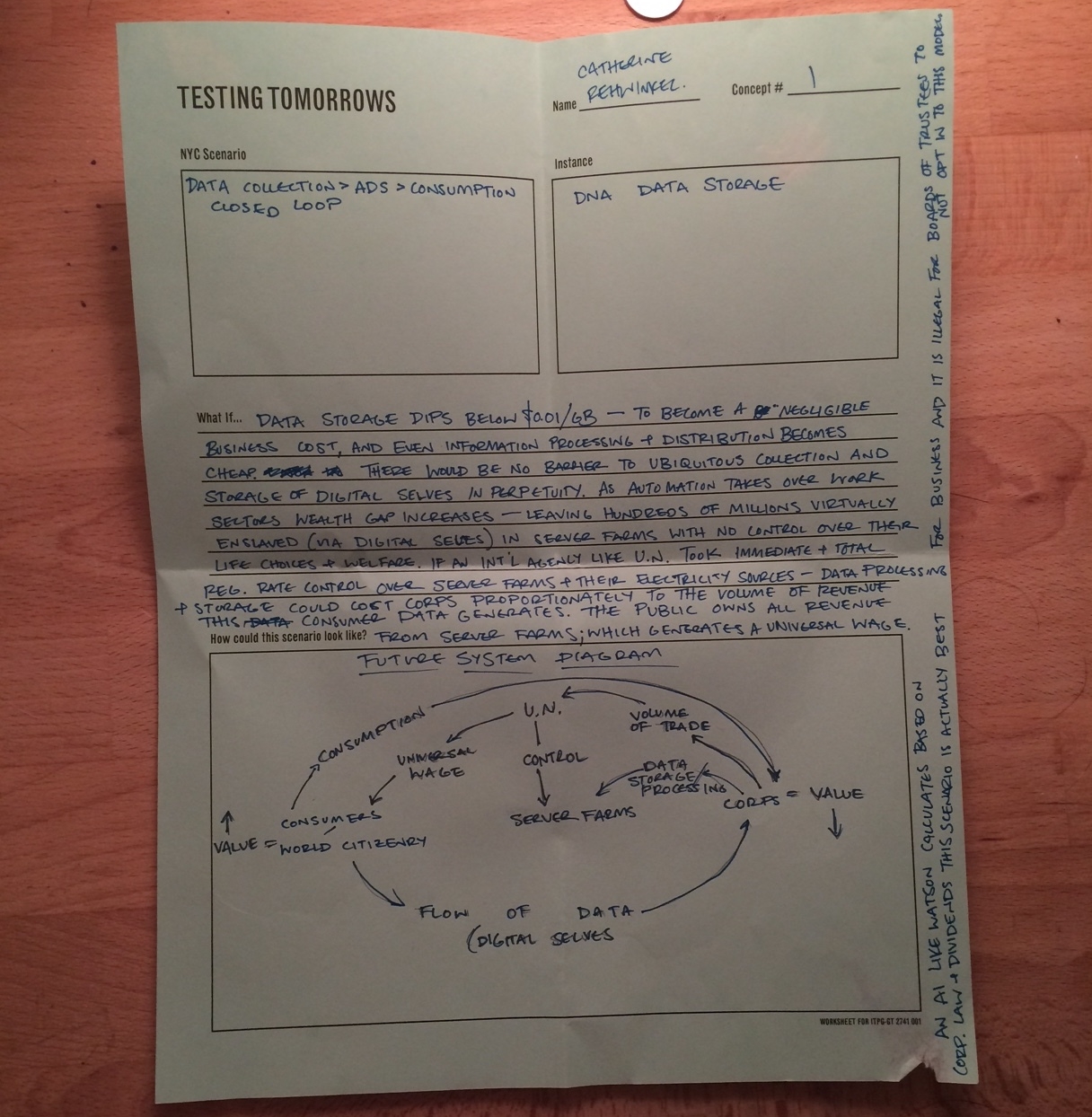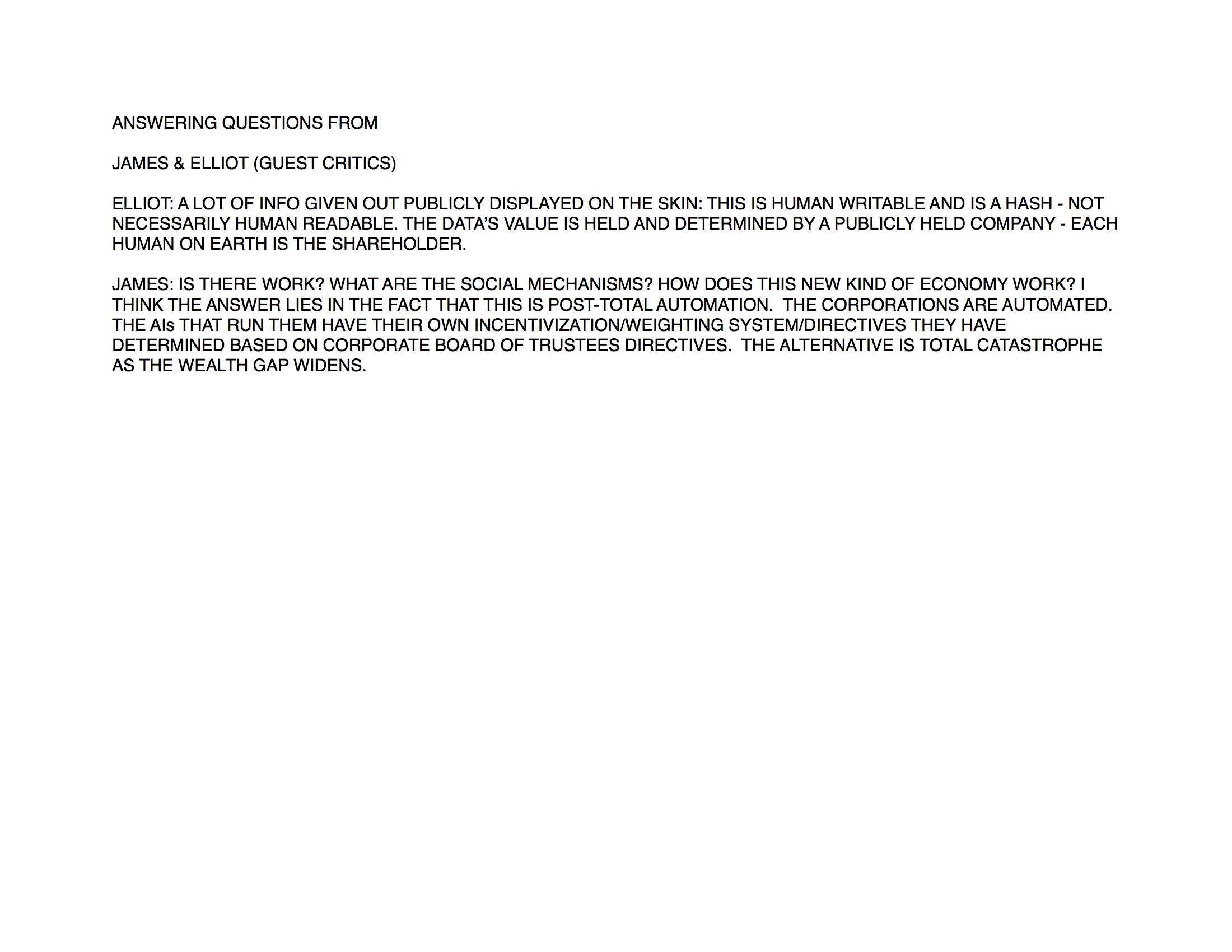Mindfulness (and other therapeutic or coping) interventions are allowed the status of mere bubbles in our stress-fraught society. The spirit of this work is inspired by the Center for the Study of Existential Risk and their concern for any threat posed to "all humanity" no matter how small the probability.
For 7-week seminar Crafting Mindful Experiences class taught by Fred Muench we were encouraged to prototype/ideate an app, device, experience which elicits mindfulness in everyday life.
Scaling up several orders of magnitude from the letter of this prompt I decided to contemplate further on the post-automation world-building I began with the world of Semi and The New Church created as my final in Temporary Expert: the Anthropocene Edition with Marina Zurkow and the post-automation culture story we told as the culmination of Art Kleiner's long-standing Future of New Media course, both in Spring 2015. These world-building projects are also related to the speculative world-building project I presented in Jeff Feddersen's Energy class (THE WAY WE LIVE NOW: An Android's Energy Future).
At the center of this concept is a recognition that humanity cannot sustain current levels of economically-driven societal (and environmental) entropy ("growth".) Even more integral are two related concepts (which require more state-of-research discovery/citations):
a) that it is possible for humans to engineer an non-abusive institution for behavior modification and post modern (and post-modern) resource redistribution
b) that the focus on stress-as-positive-competition-facilitator is a construct of economic/industrially-driven science
TEMPLE attempts to encompass and expand on social support and stress-coping mechanisms of religious institutions and traditional culture but holistically adapted to future system entropy and globalization. TEMPLE relies upon the reality that globalization and automation is total. Labor and systems of credit, profit and consumption as we understand it are recently no longer functional in all global regions.
Here is an image of the fractal arrangement of the experiential chambers which denizens of a post-Capitalist transitional society must go through as their daily duty (or data tithe, labor). This is the institution of the "New Church" set within the universe of Post-Automation Culture and with the data-generation-driven new "economy" from my Testing Tomorrow's "Your Daughter's Daughter's Data: An Enfranchisement Manual."
Aggregate, anonymized data is collected (biofeedback, natural language processsing, etc) in order to allow the semi-automated system to gauge community health and developments (much like a managed wild-life population.) The data collection is in fact a way of generating the "revenue" required for the resource distribution. Visitors come here to receive mindfulness experiences/therapy/self-inventory and to request goods and services they feel they need. A cleansing and enrobing intake area and other security measures ensure that all citizens (including pariahs) can take equal part in the community-synchronization ritual of TEMPLE.
A series of interlinked experiential chambers make up a continually novel mindfulness journey through TEMPLE'S campus. Some are communal (humming/mantra) some are individual (e.g. proprioception-oriented self-inventory, human time-scale meditation, biofeedback mindfulness meditation, kindness and forgiveness meditation).
A docent (AI or human) advises each individual at the culmination of the individual's journey. Regardless of the docent's advisement - the requestor may receive the good or service they have requested. This mechanism is a part of the central tenet of TEMPLE which assures social security. TEMPLE is the defacto method for optimal resource redistribution.
It is assumed that some visitors will abuse the "ask and you shall receive" mechanism - but the proportions of Zipf's law allows for a much lower overall level of entropy across the entire social fabric. Additionally, abusers of the system must continually go through the mindfulness practice of the system in order to get their goods - so some abusers of the system may eventually cease the advantage-taking. The system can be likened to "re-parenting" for human society as a whole.
Fittingly, the visuals/model for TEMPLE were created in Google Sketchup with open source 3D models I found and modified - in the spirit of our coming future. Read more in a rough draft write-up.
Future iterations will include an mock-up of a journey through a minimum series of experiential chambers, specific user profiles and use-cases, researches and arguments for specific interactive and passive cognitive/psychological mechanisms, more details on the legal history, logistics, and structure of fictional economic system suggested here, and a sample proposal for funding from entities such as Google, IARPA, Disney, CSER to research a real-world prototype - a la the recent Dutch living wage experiment. Perhaps the latter as a PhD program application.



